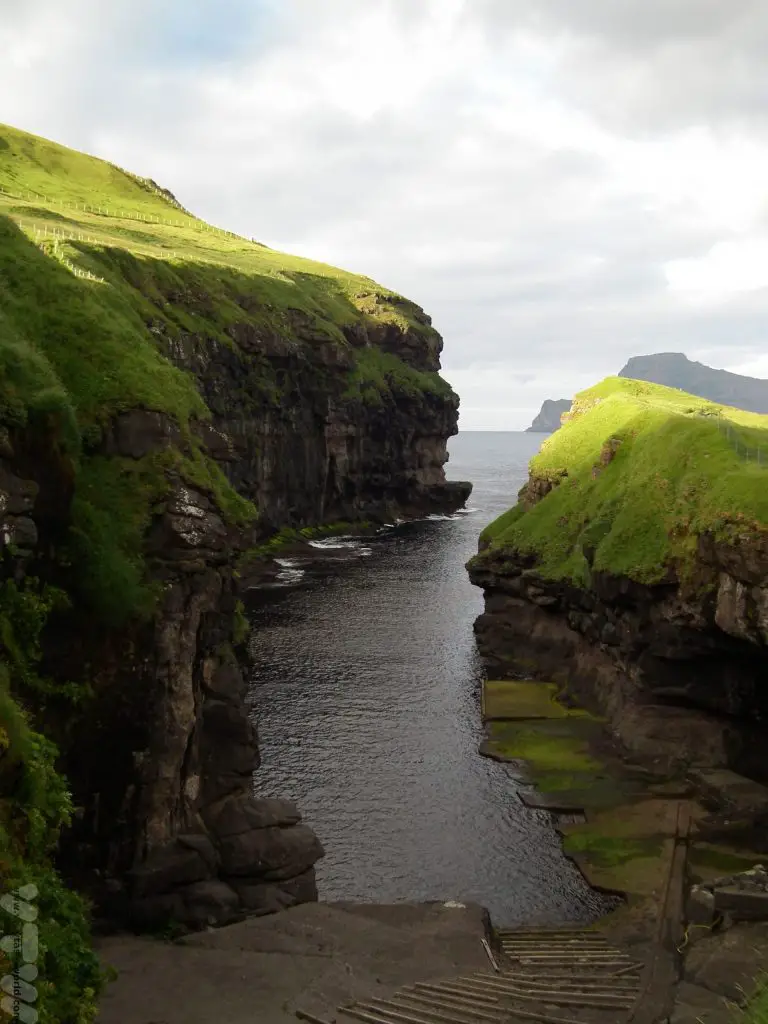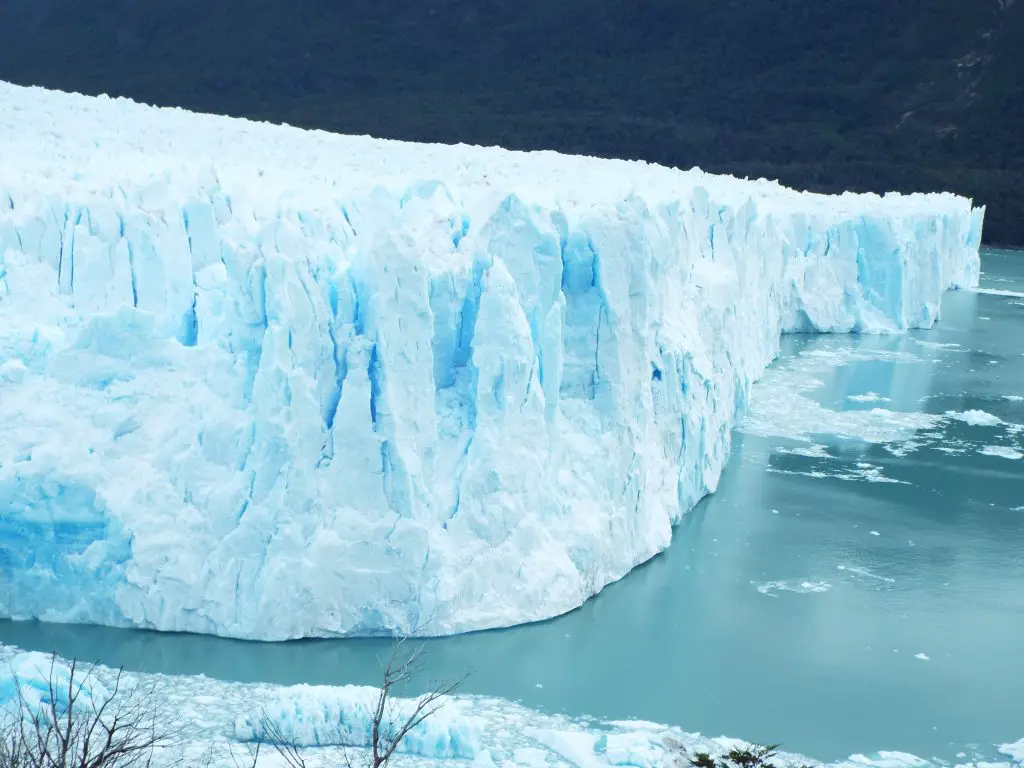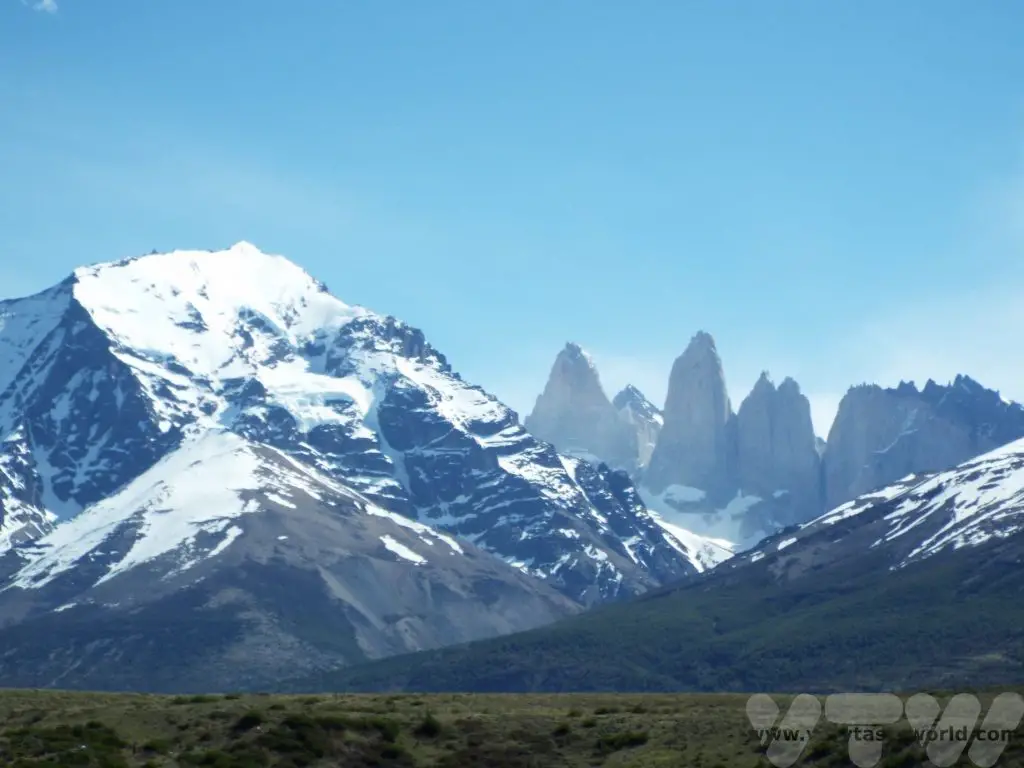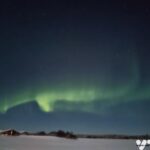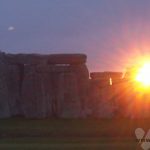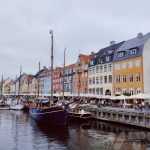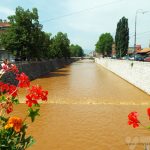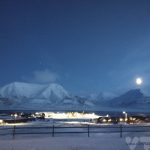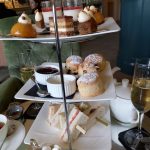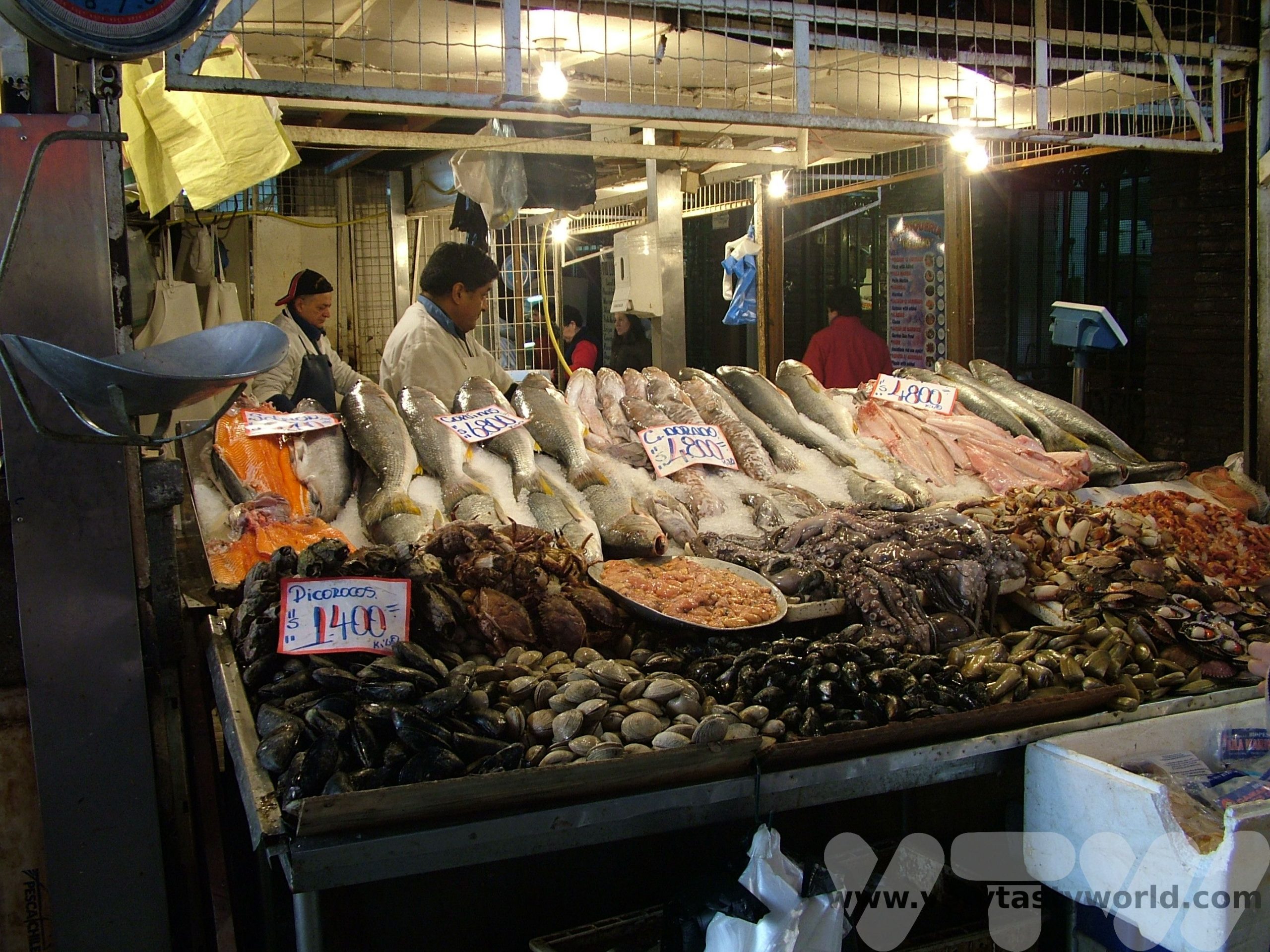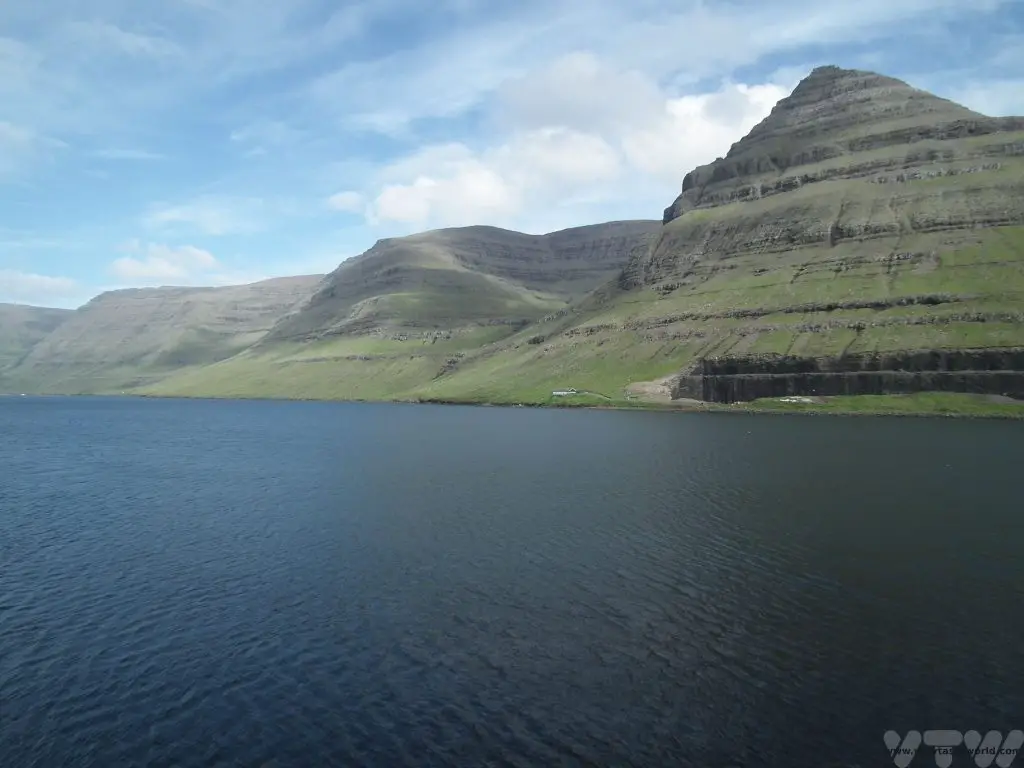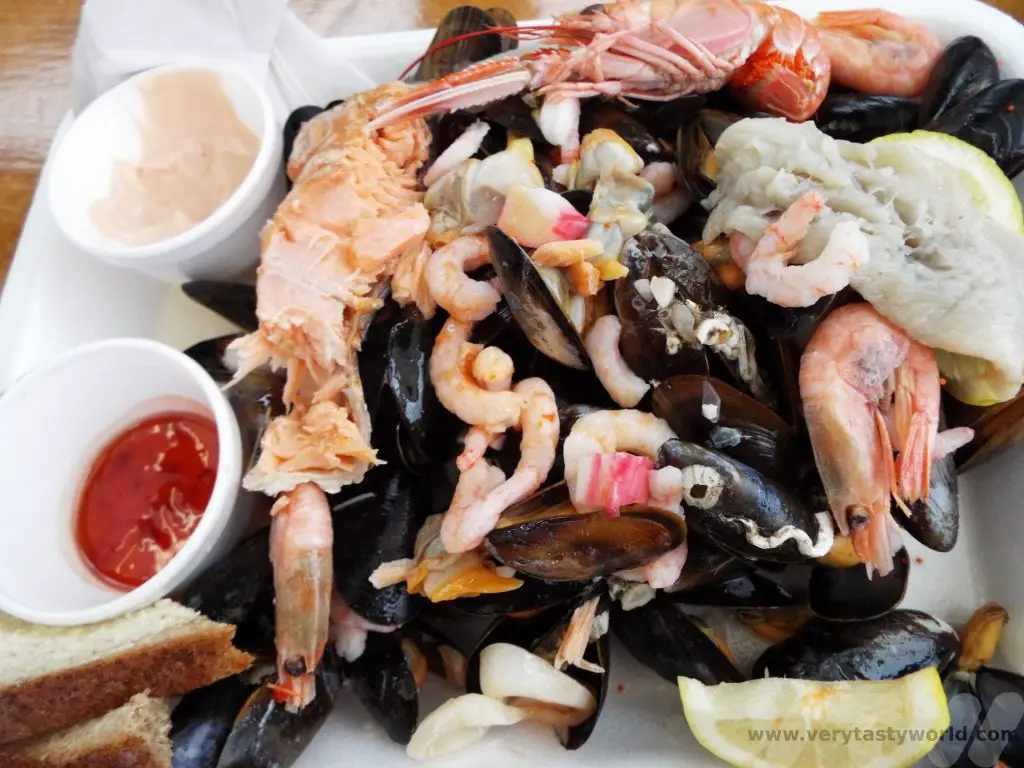A Winter Iceland Itinerary
Iceland is a perfect destination for a fly-drive holiday even in the middle of winter. Despite its chilly moniker Iceland isn’t as freezing as you might expect, thanks to the effects of the warm Gulf Stream from the Atlantic. We weren’t blessed with the greatest of weather on our visit, although it was largely dry, it was quite cloudy a lot of the time. But the winter landscapes were still absolutely beautiful. After flying into Keflavik, near Reykjavik, we drove a great big ‘smile’ along the rounded southern coastline from the west of Iceland to the east, stopping and staying at several locations along the way. Here’s our week-long winter Iceland itinerary:
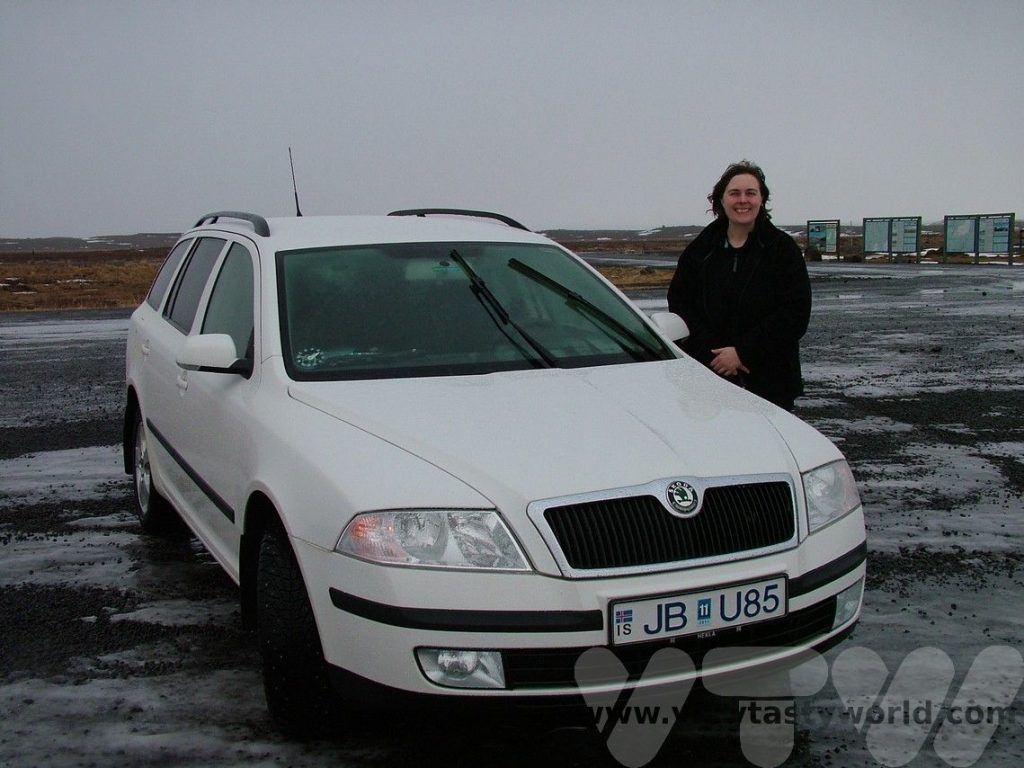
Living in the UK, like most Brits, we are absolutely hopeless at dealing with even the slightest dusting of snow on the roads in winter. It’s because we don’t have seriously wintery weather very often and we’re just not used to driving on snow or, worse, ice. Our Icelandic hire car was a large estate with studded tyres.
Driving on ice? Surprisingly easy. The roads were clear and there were many stopping points along the way offering the opportunity to get out of the car and go walking. All the attractions were well signposted and easy to find. Our flight arrived quite late in Keflavik so we picked up the car and headed to Reykjavik where we stayed overnight.
Day 1 Reykjavik to Hveragerdi – Breaking the Golden Circle
Together, the sites of Thingvellir, Geysir and Gullfoss are known as the Golden Circle as they are all located near to Reykjavik and can easily be visited in a day – handy if you only have a short time in the country. But if you have more time, each site is worth exploring in more depth. Our itinerary was to take us back to Reykjavik so we decided to skip Thingvellir on the way out and visit on the way back. This meant we had more time to see Gullfoss and Geysir.
The word geyser is derived from the geyser, Geysir, located in one of the many geothermal areas that can be found all over the country. The original geyser, which looks a little forlorn, is no longer active…
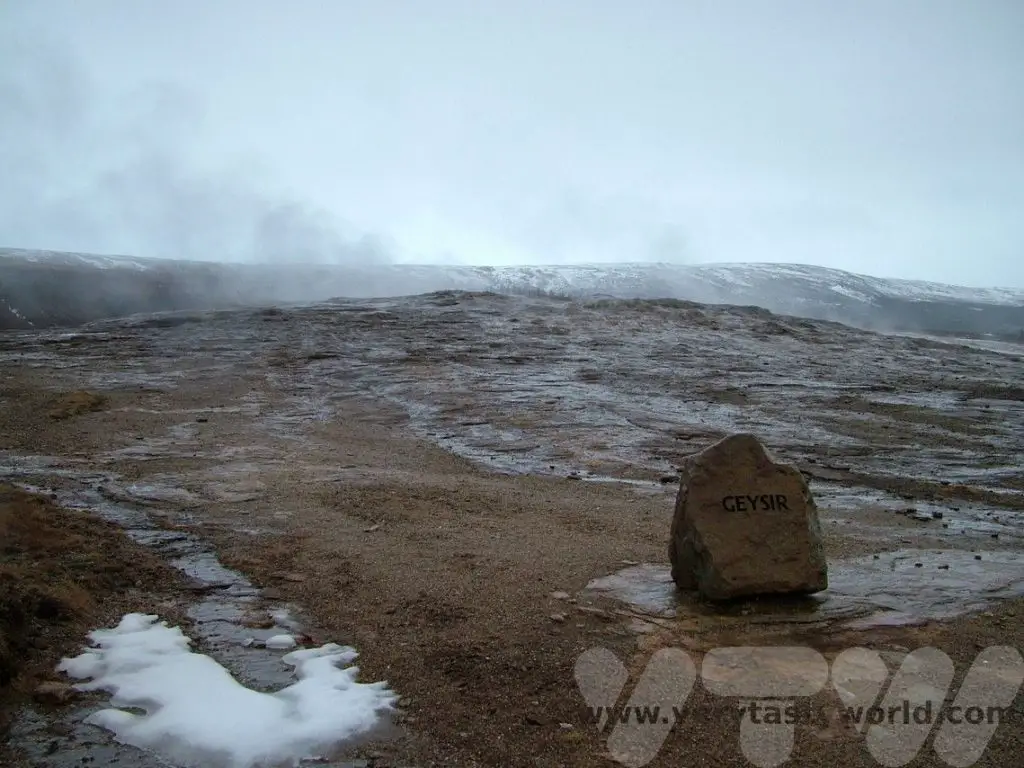
…but its companion, Strokkur, gushes reliably every few minutes – up to a height of about 30 metres – and is a spectacular sight.
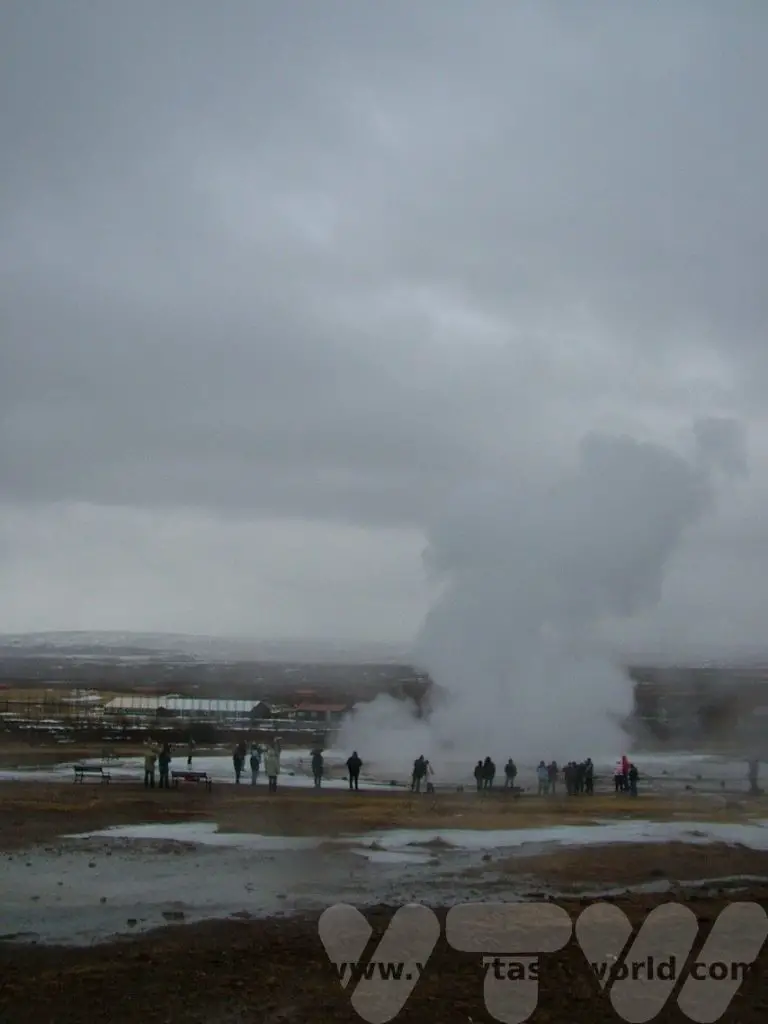
Gorgeous Gullfoss is a two tier waterfall that plunges dramatically into a gorge.
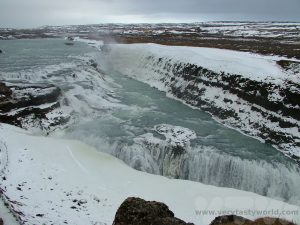
We spent the night at Hveragerdi, which is located just off Iceland’s ring road, Route 1, perfect for getting on the road the following morning. Because the area is so geothermically active, it’s known as a centre for horticulture and has a number of greenhouses heated by hot springs. In fact, many of the buildings in the area are heated using the hot water. And our hotel just happened to have a very nice hot spring bathing pool.
Day 2 Hveragerdi – Kirkjubaejarklaustur
Travelling along the south coast there are plenty of places to stop off, including the impressive waterfalls of Seljalandsfoss and Skogafoss.
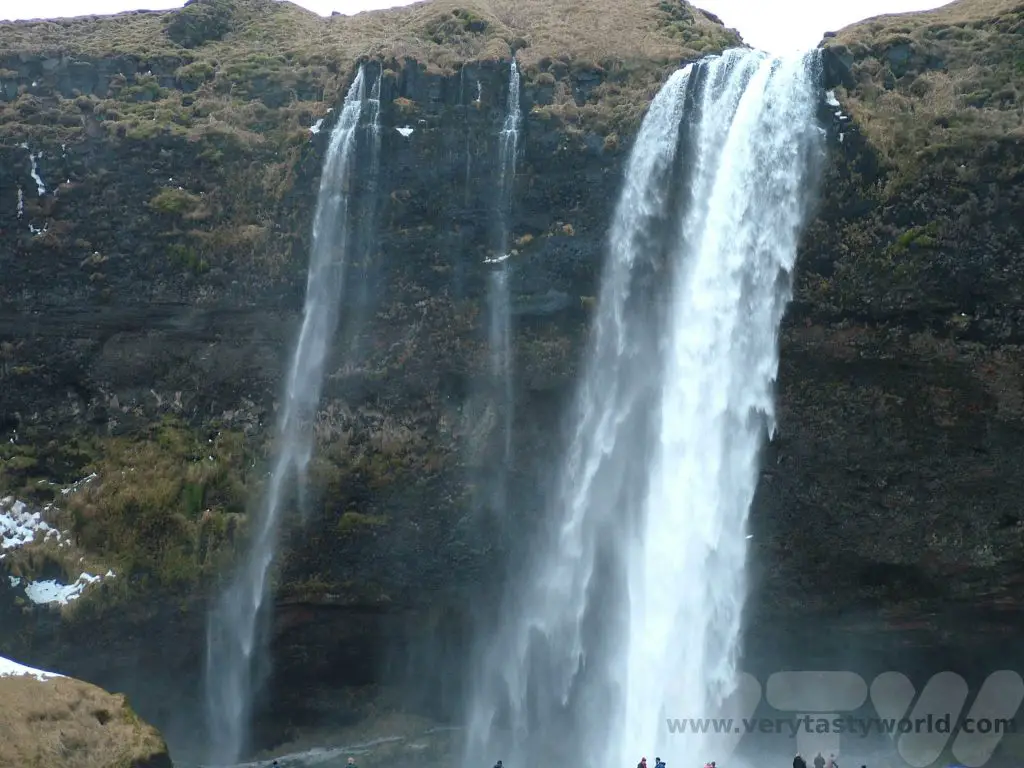
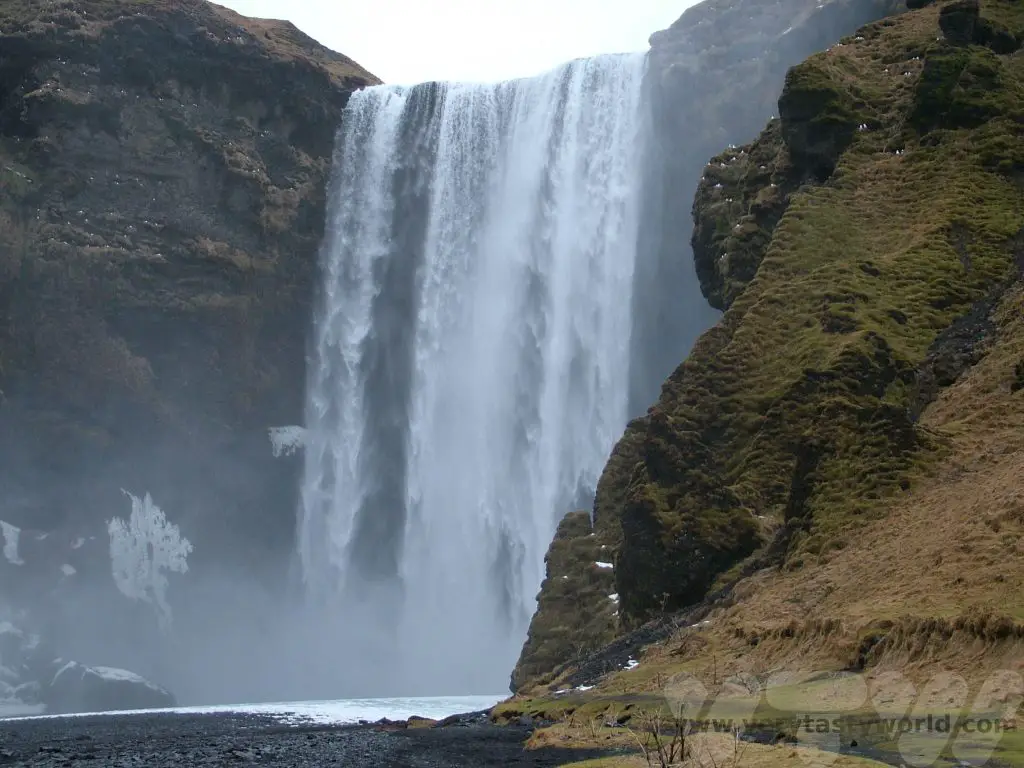
On arriving at Kirkjubaejarklaustur it was possible to do some walking in the area. There’s a pretty church and we could walk to see the ‘bear rock’.
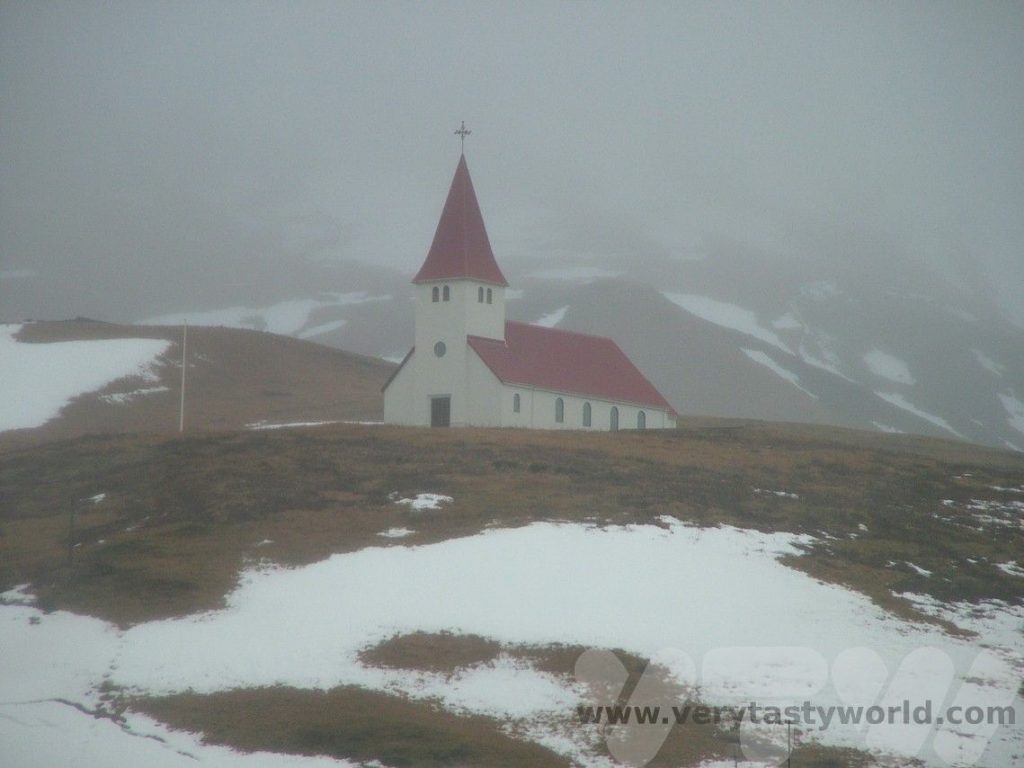
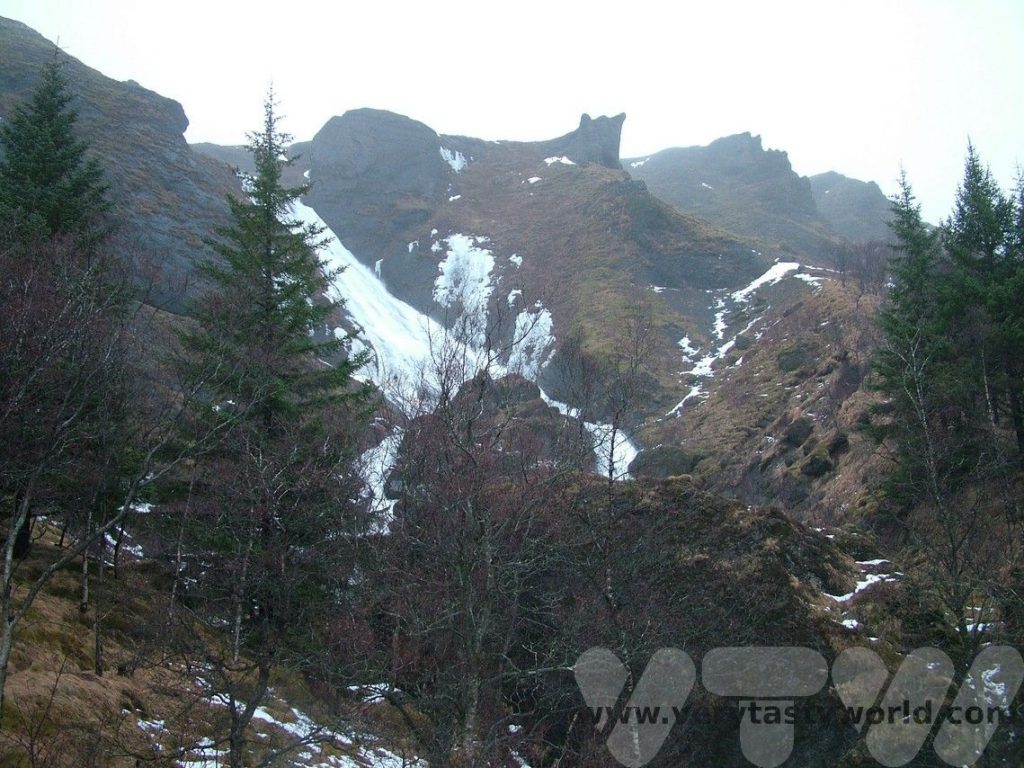
Day 3 Kirkjubaejarklaustur – Skaftafell
Stopping for a brief glimpse of the delightful turf-roofed chirch at Nupsstadur…
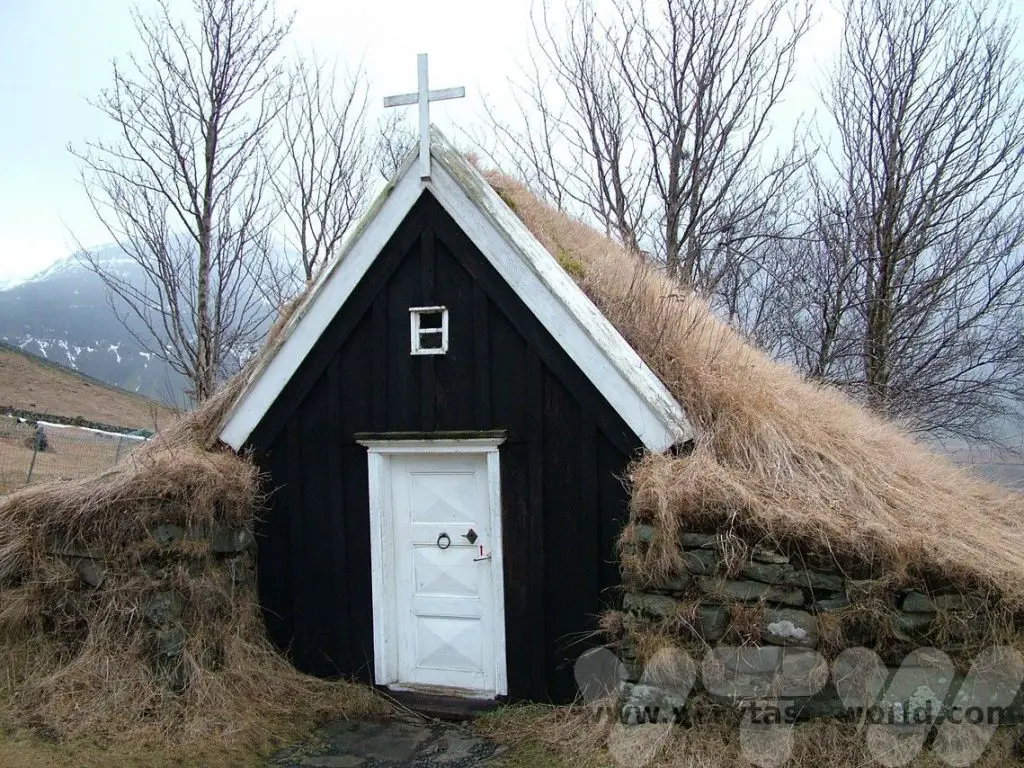
…we then drove across the outwash plains of Vatnajökull, the largest icecap in Iceland. Outwash plains are known as sandurs and develop when glacial rivers wash ash and ice towards the coast. They can be very large and we crossed this one via a long bridge. One thing worth noting is that during the winter the wind can whip up ash and sand and this can damage the paintwork on a car. Be aware of any warnings on the road about windy conditions and also talk with your hire car company about possible extra insurance to cover for this eventuality, if needed.
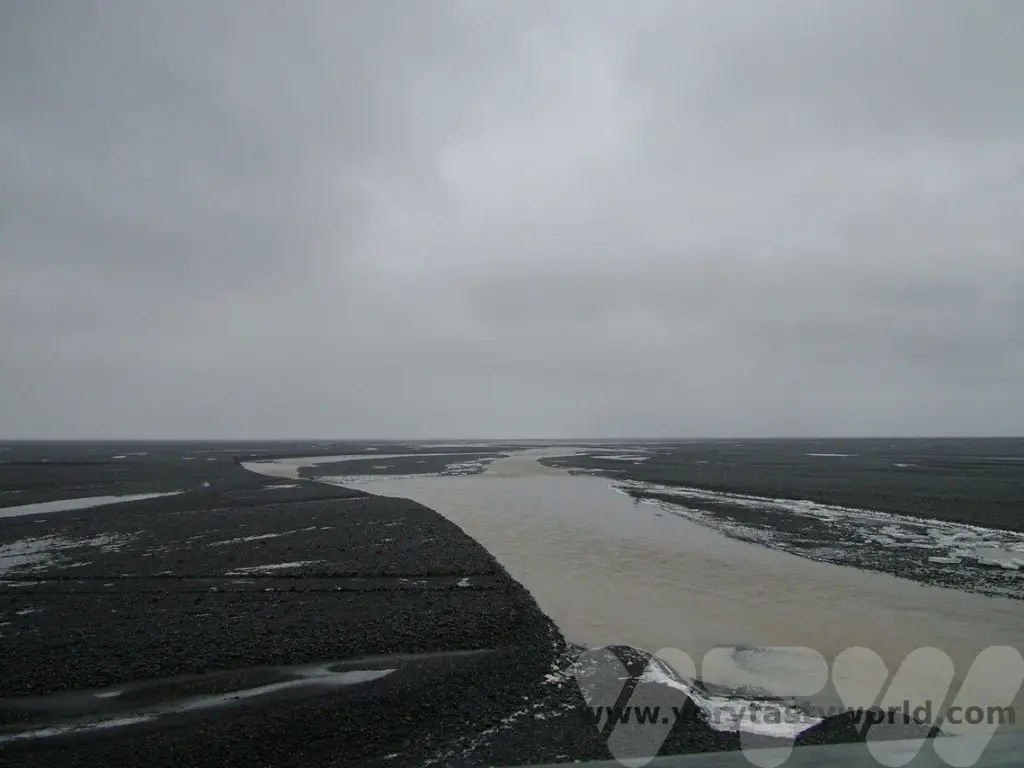
Skaftafell National Park was merged with other areas in the region in 2008 to become part of the Vatnajökull National Park. We discovered that is a delightful area to go walking in.
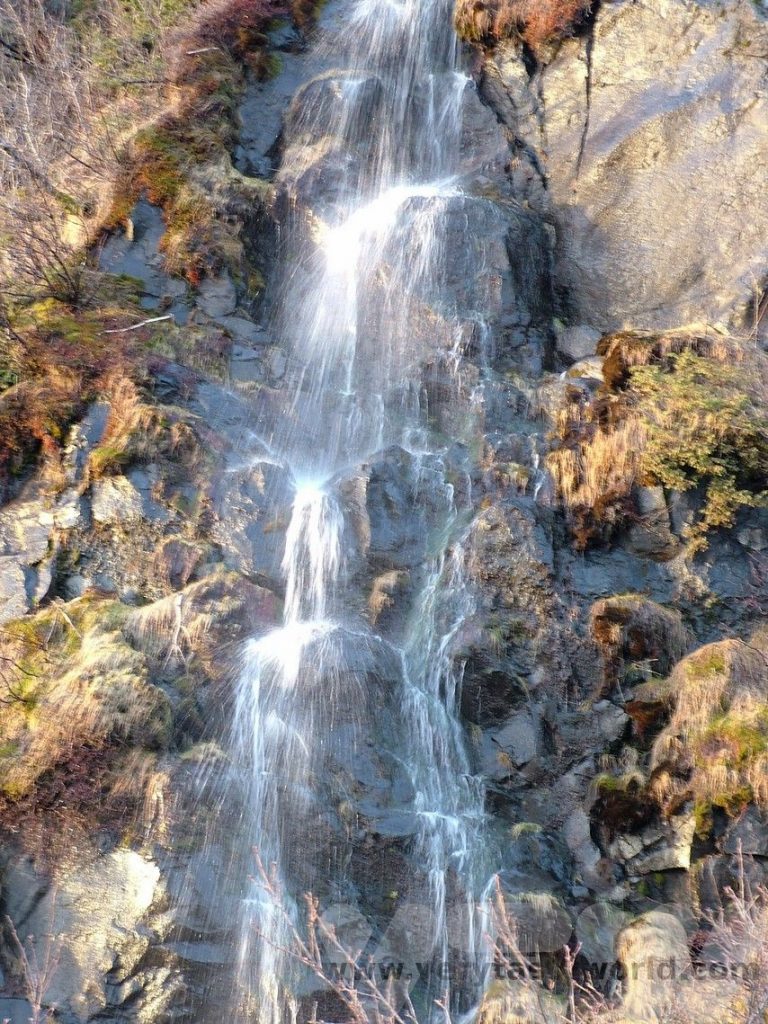
There’s a good hike to the waterfall of Skaftafell which is surrounded by black basalt columns. The walking was relatively easy but, due to the snow melting on the day, was a little slippery in places.
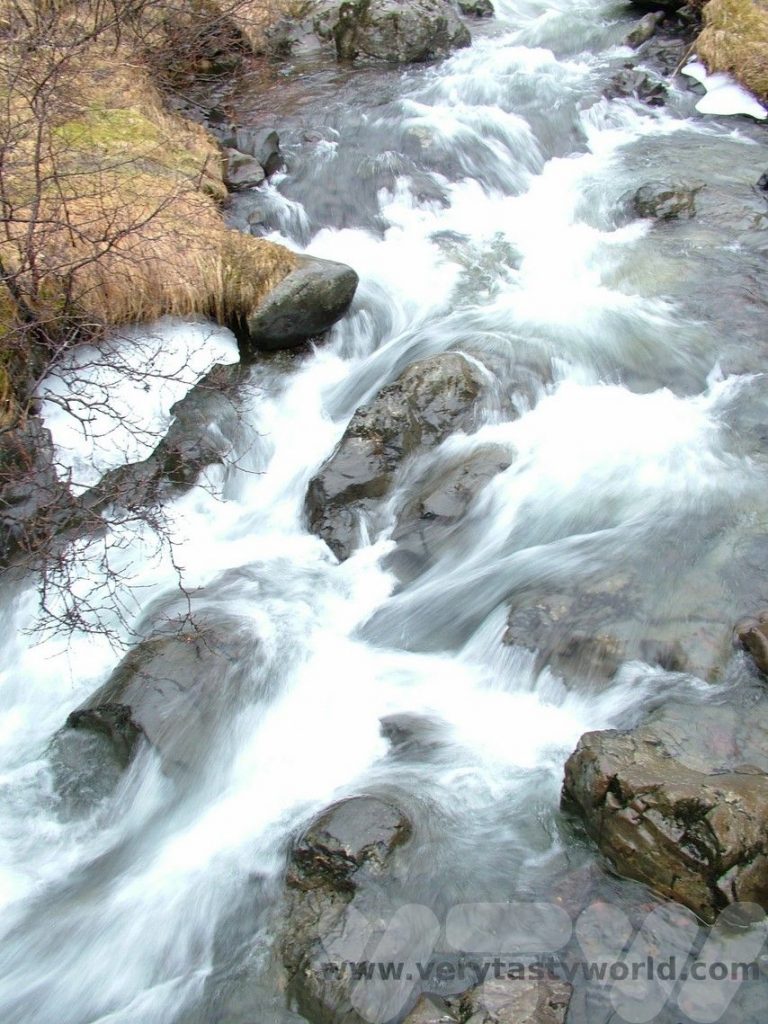
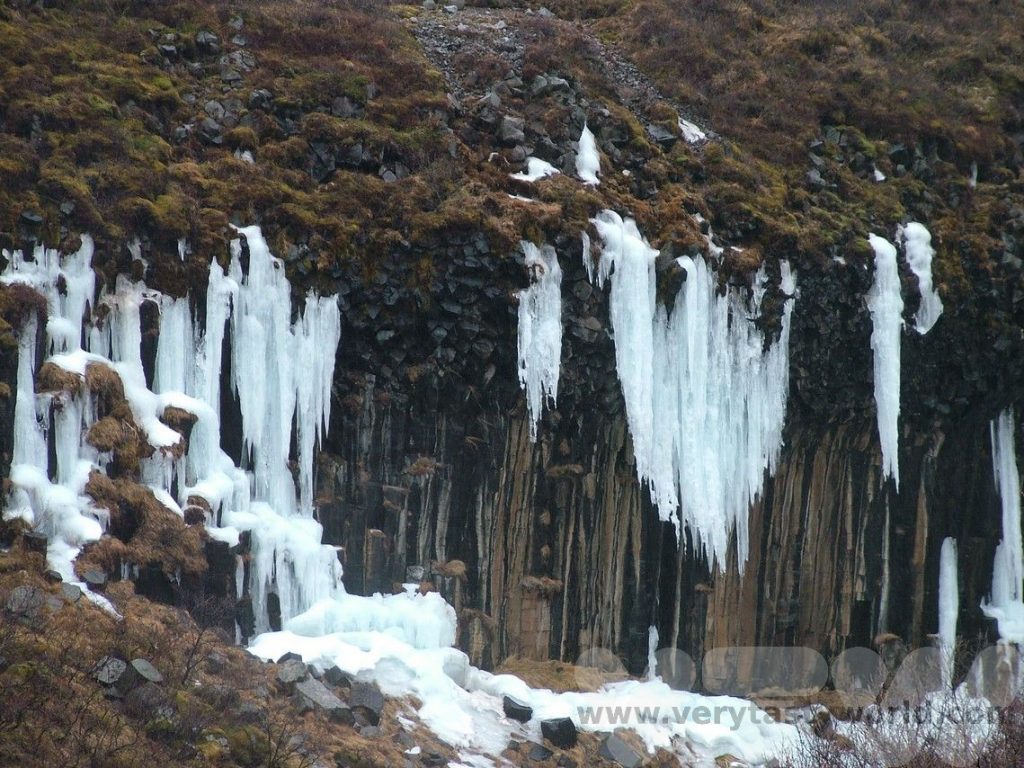
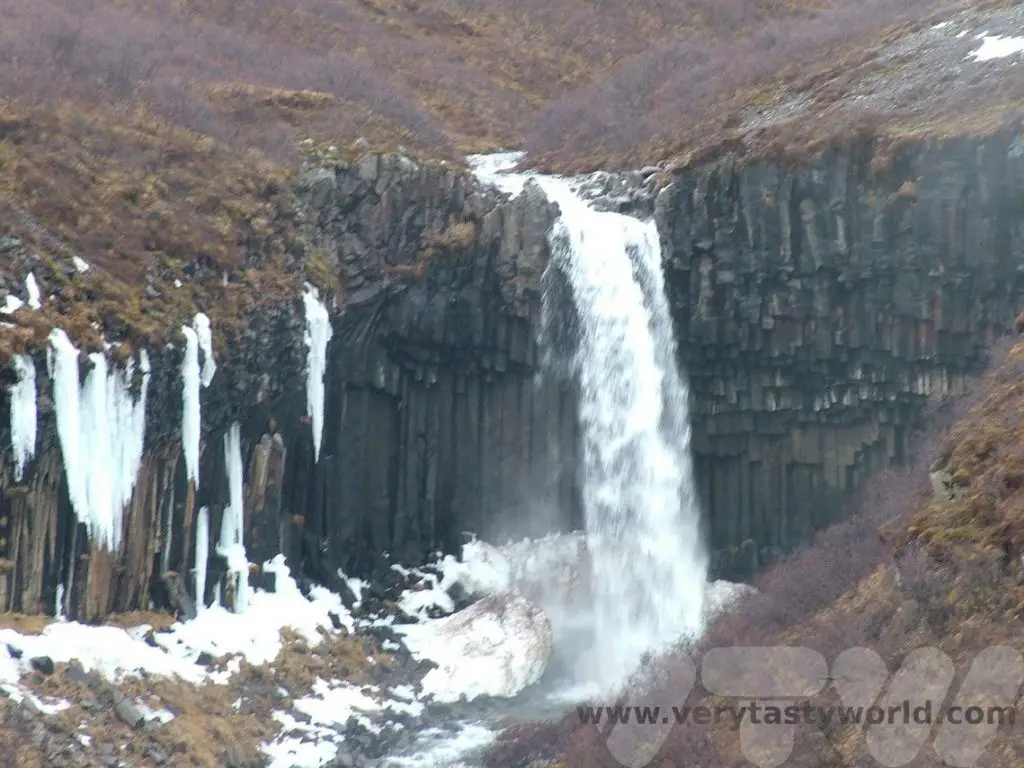
About 1km from the crossroads of road 1 and road 998 is a small track which leads to a glacier.
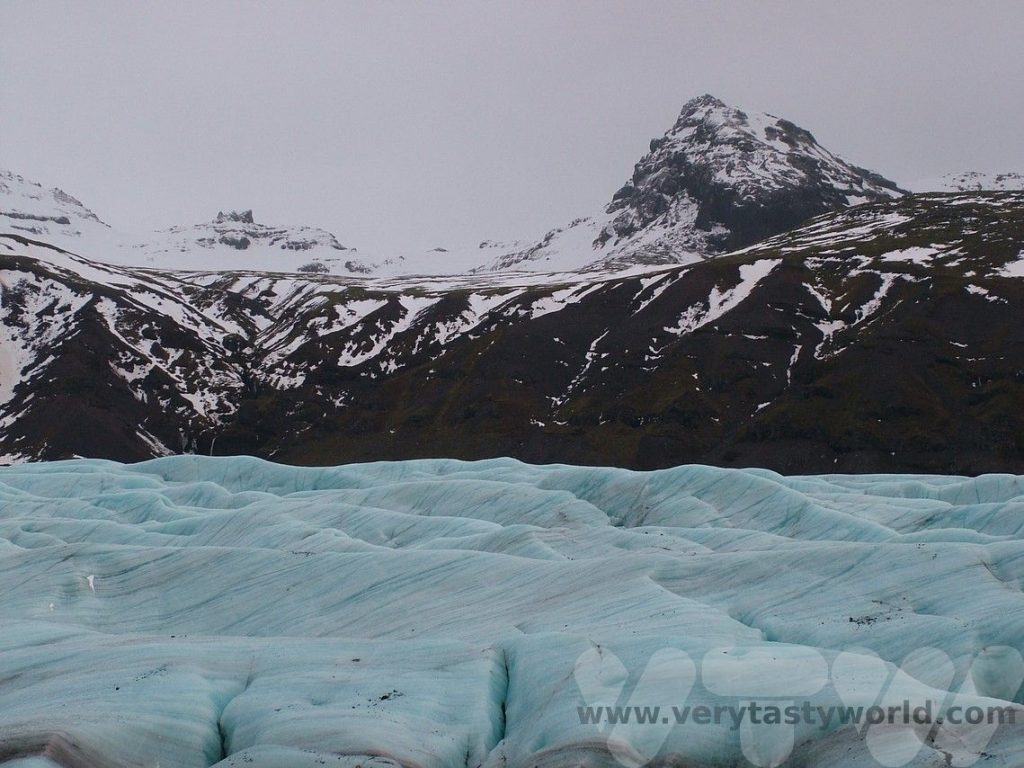
It is the Svinafellsjokull glacier and it’s possible to park up and walk to its snout. Bringing all those geography lessons on glaciation at school to life, it was absolutely wonderful to be able to get so close to a glacier. It was also amazing how to discover that they are actually just like sheep – very picturesque from a distance but really filthy close up!
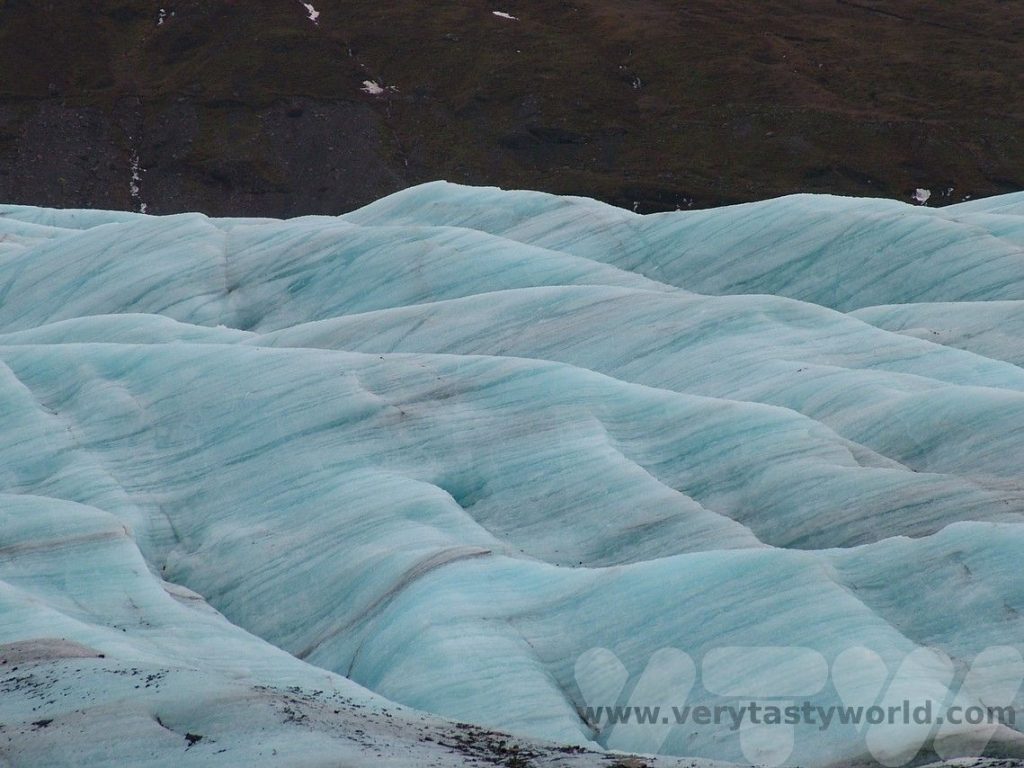
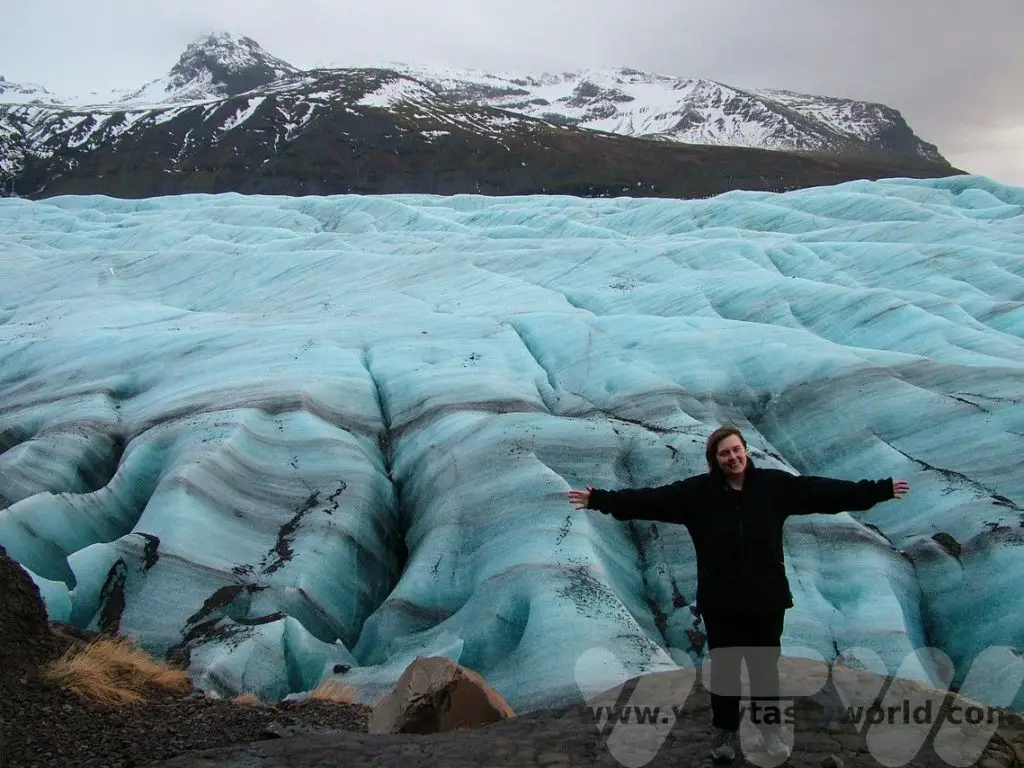
Day 4 Around Skaftafell – Jokulsarlon
The amazing iceberg lagoon at Jokulsarlon was unmissable and was one of the highlights of our trip. It lies very close to the coast at the edge of the glacier Vatnajökull which feeds the lake with melted glacial water and icebergs that calve off and float on the lake.
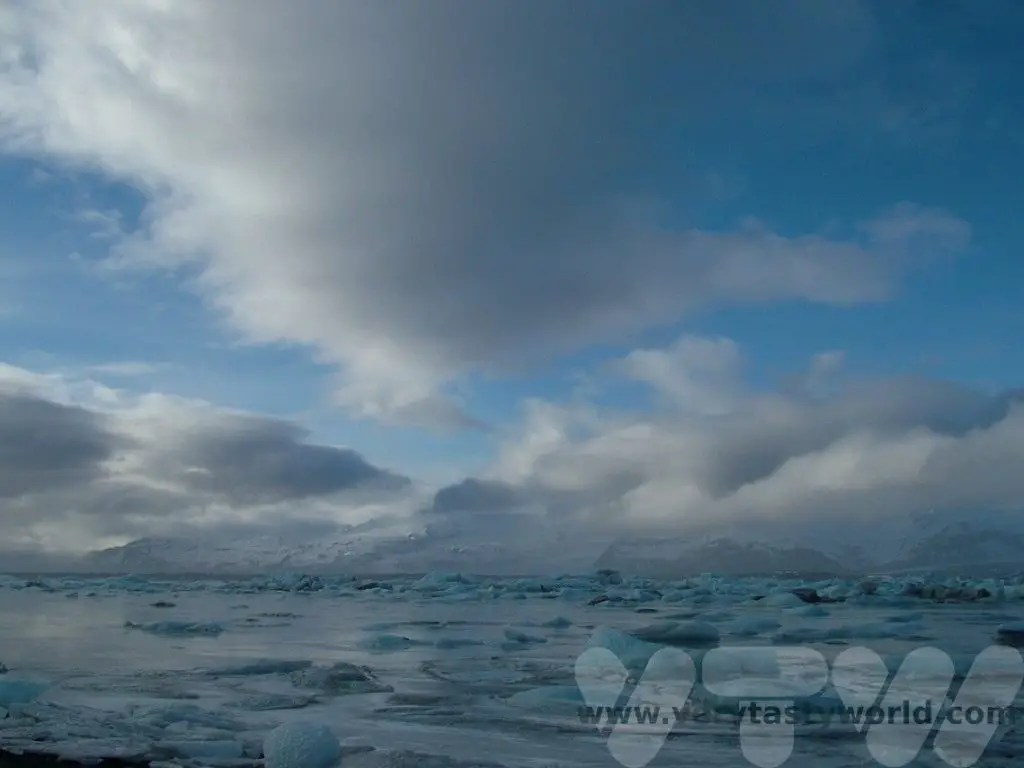
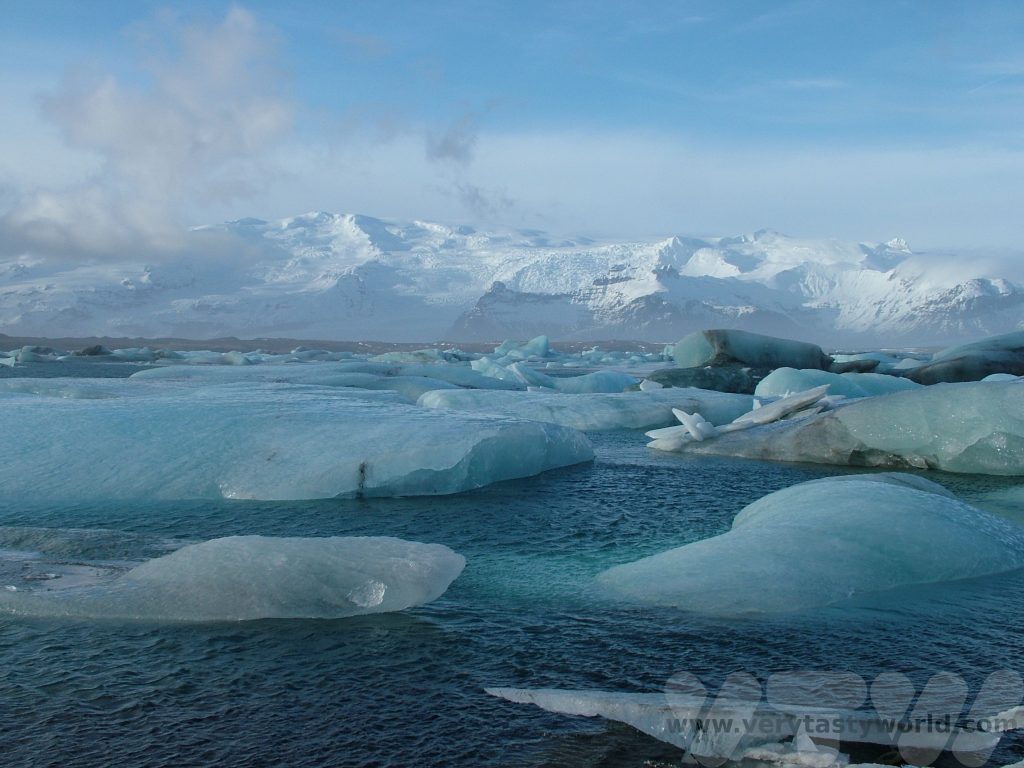
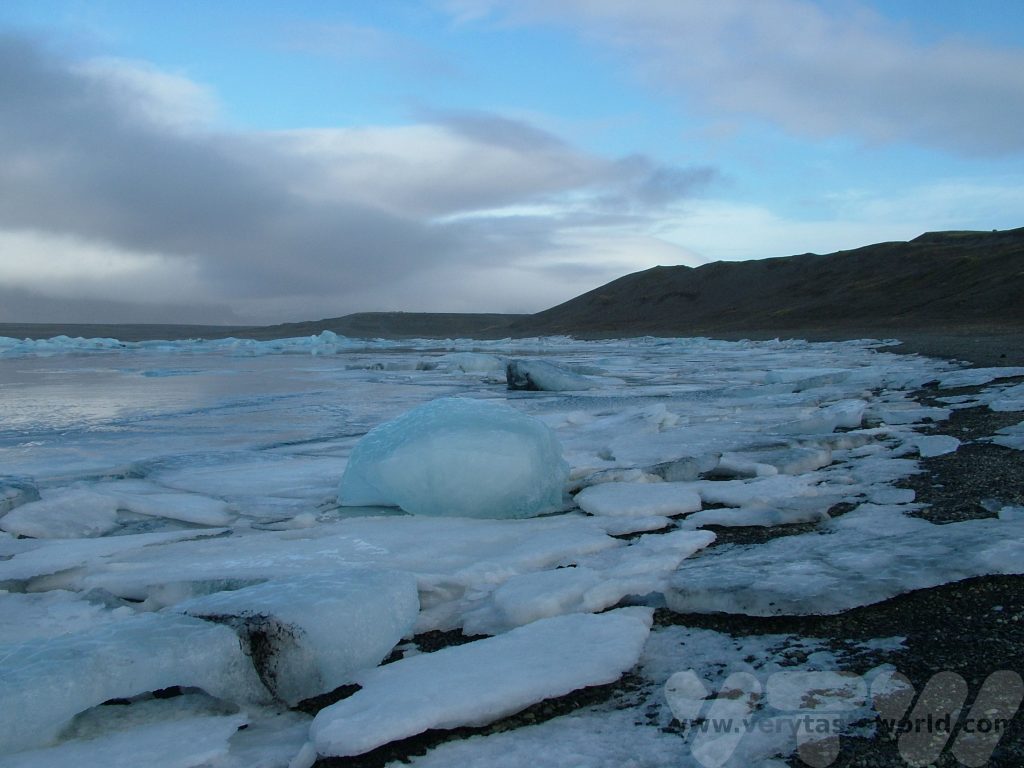
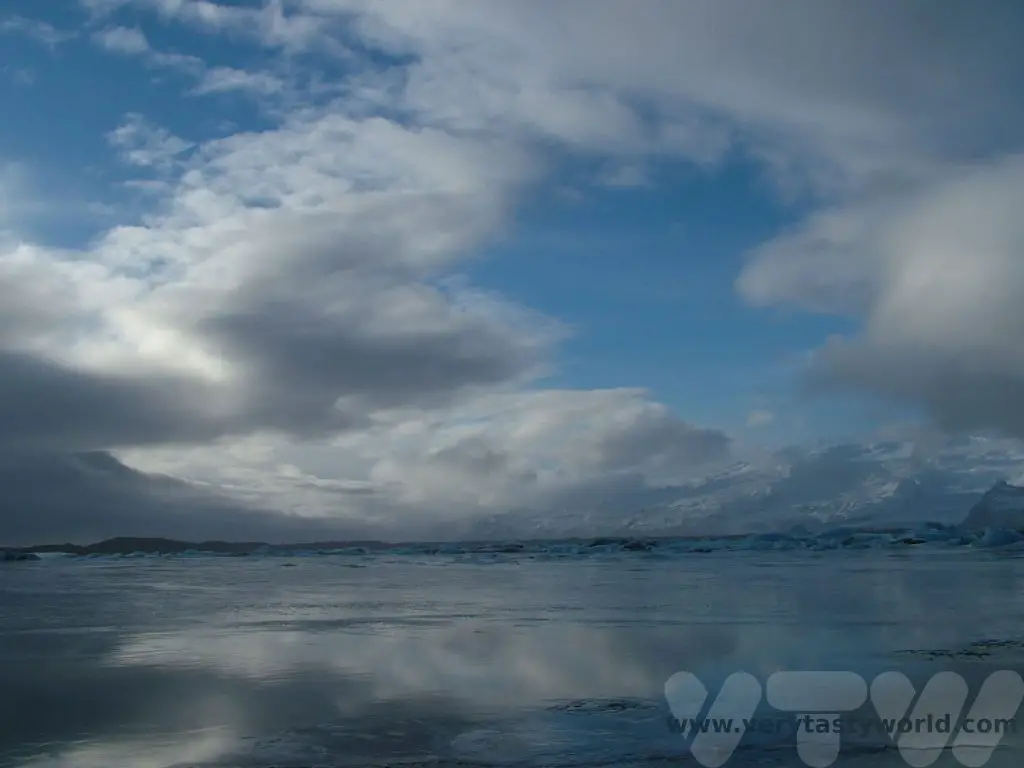
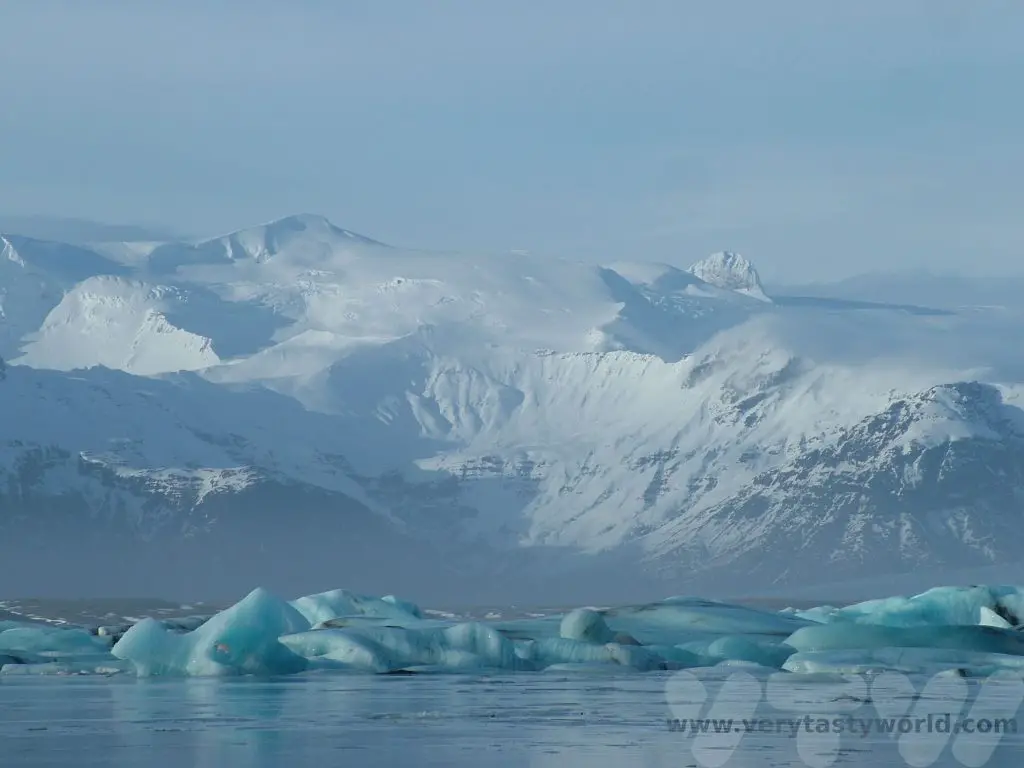
If the scenery looks familiar you may have seen this lake in the James Bond films Die Another Day and View to a Kill, as well as Tomb Raider. If you visit in the summertime it is possible to do a boat trip on the lagoon. This wasn’t operational when we visited but we were able to take a long walk along the stunning shoreline.
Because it was winter we had the place to ourselves, except for a few local seals.

Over time the icebergs melt, serenely crossing the lake towards the shoreline before slowly heading out to sea.
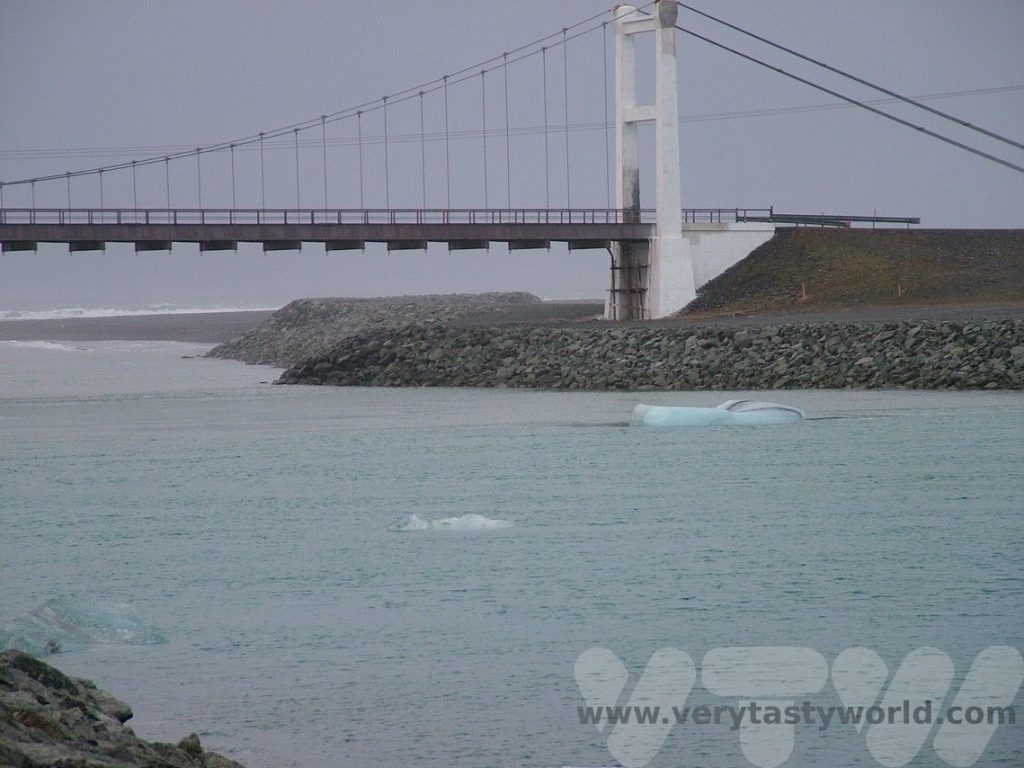
Lobsters in Hofn
Later in the afternoon we headed towards Iceland’s Hofn, which is famous for its lobsters. It’s a quiet town with a natural harbour where you can see the fishing boats come into shore.
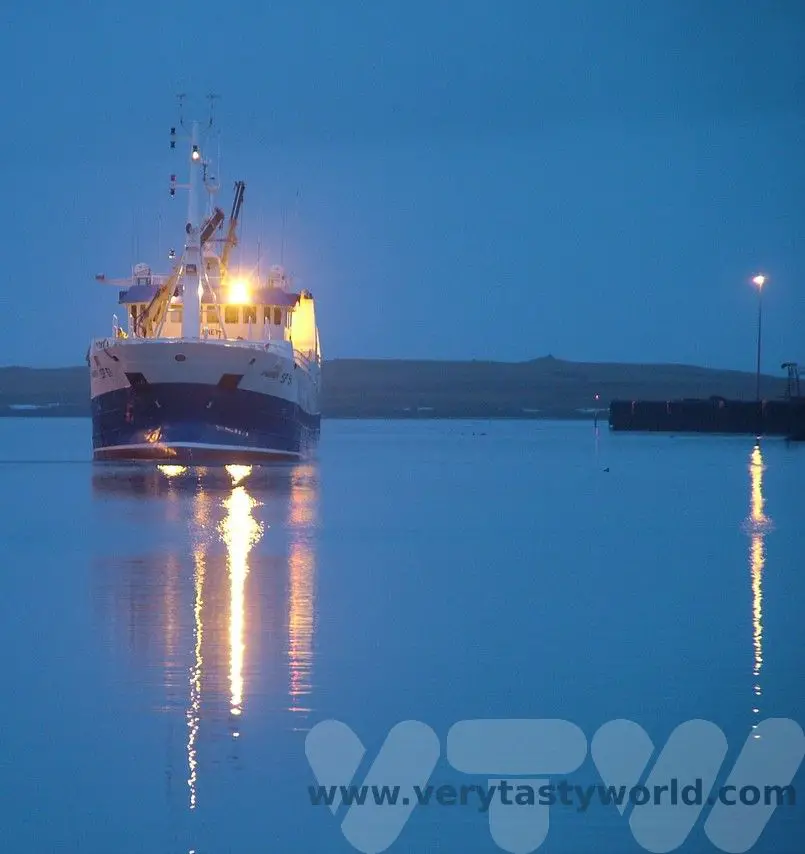
We found a restaurant which offered delicious local lobsters (actually langoustines). Iceland is an expensive country to visit and restaurant meals are no exception. Hofn is one of the best places to eat good value lobster.
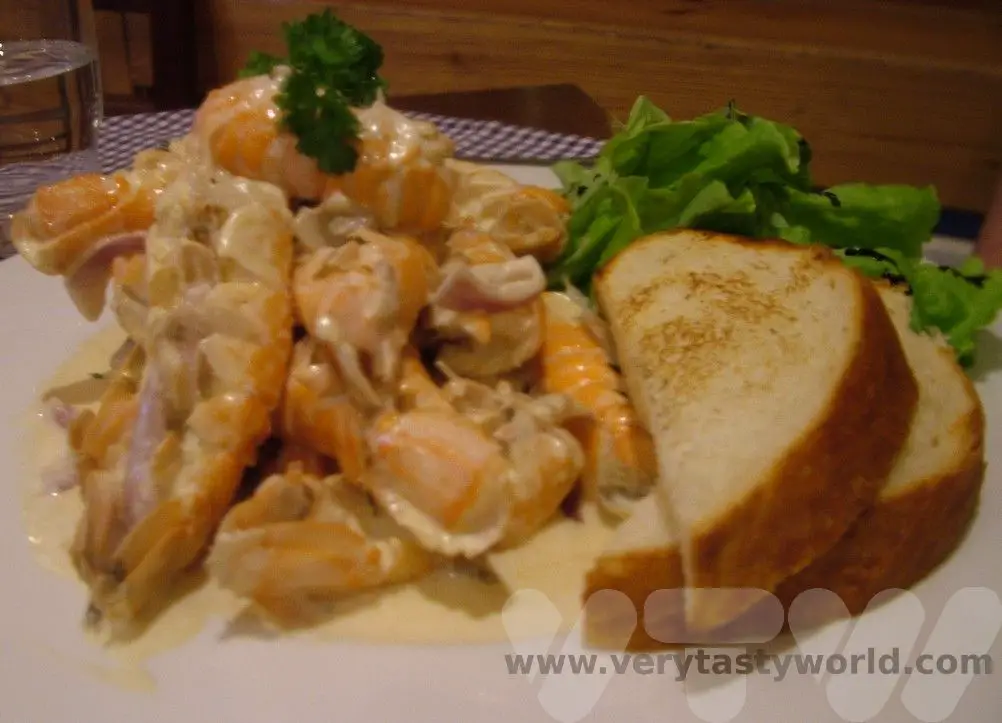
Day 5 Retracing Our Route
It was time to retrace that ‘smiley’ route and head back towards Reykjavik. We had skirted the stunning black beaches of Vik, the southernmost town of the country on our way through, so we made a point of stopping at this tiny town. It was a dark and moody day that showed off the amazing basalt sea stacks located just off the shore.
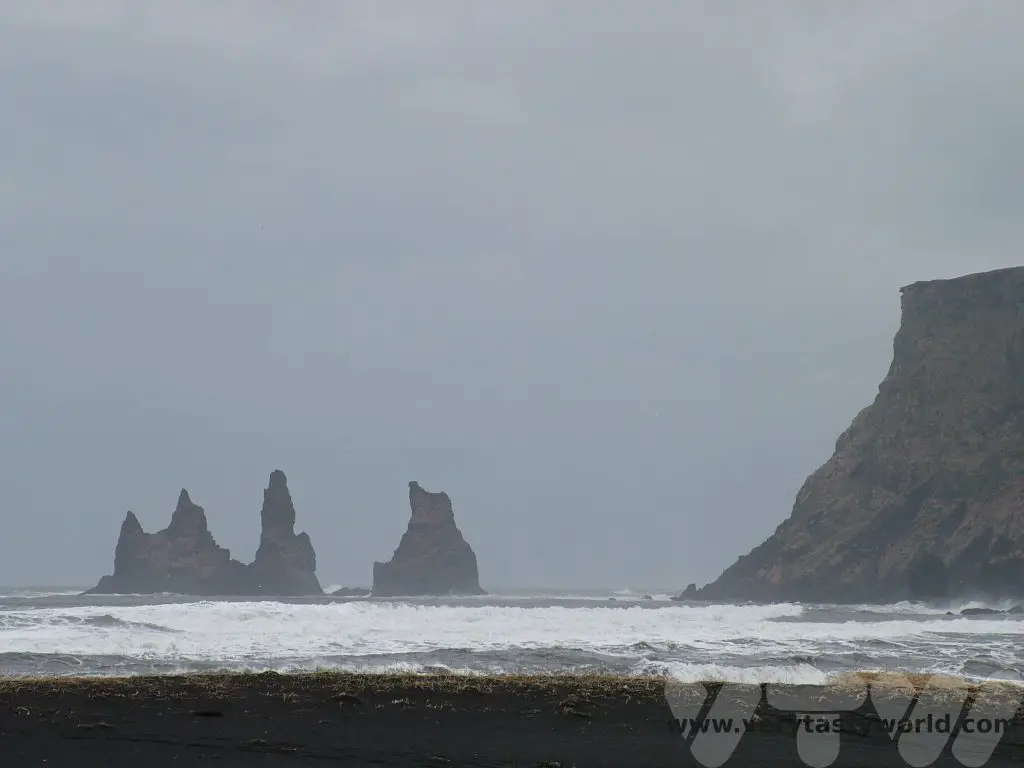
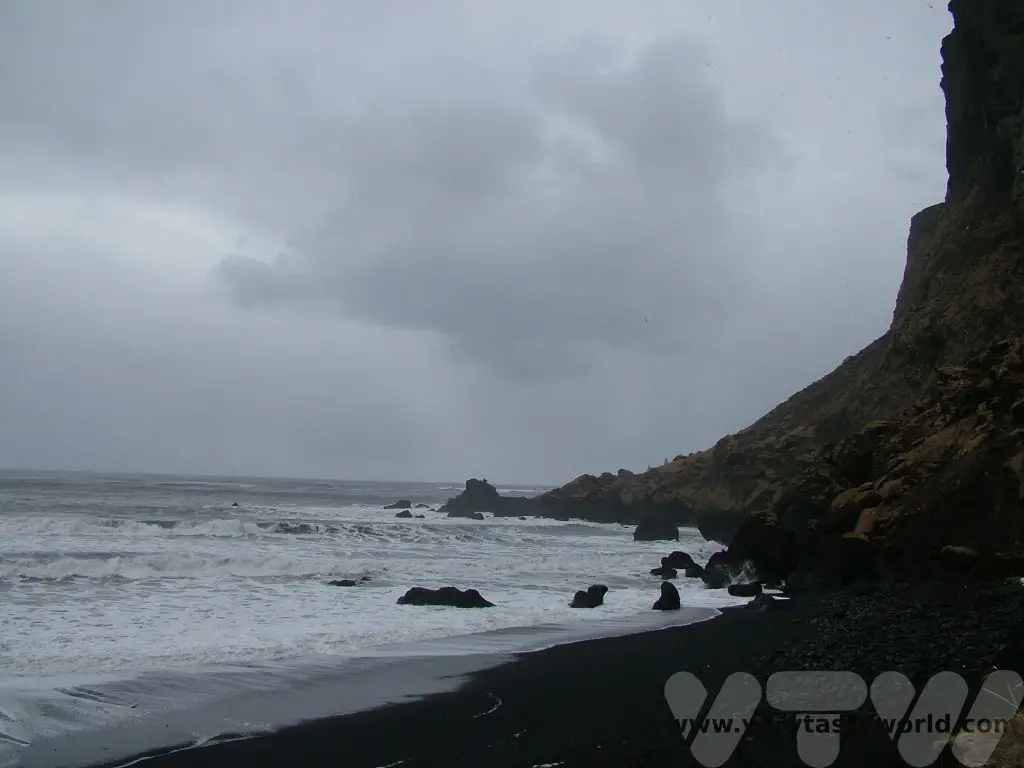
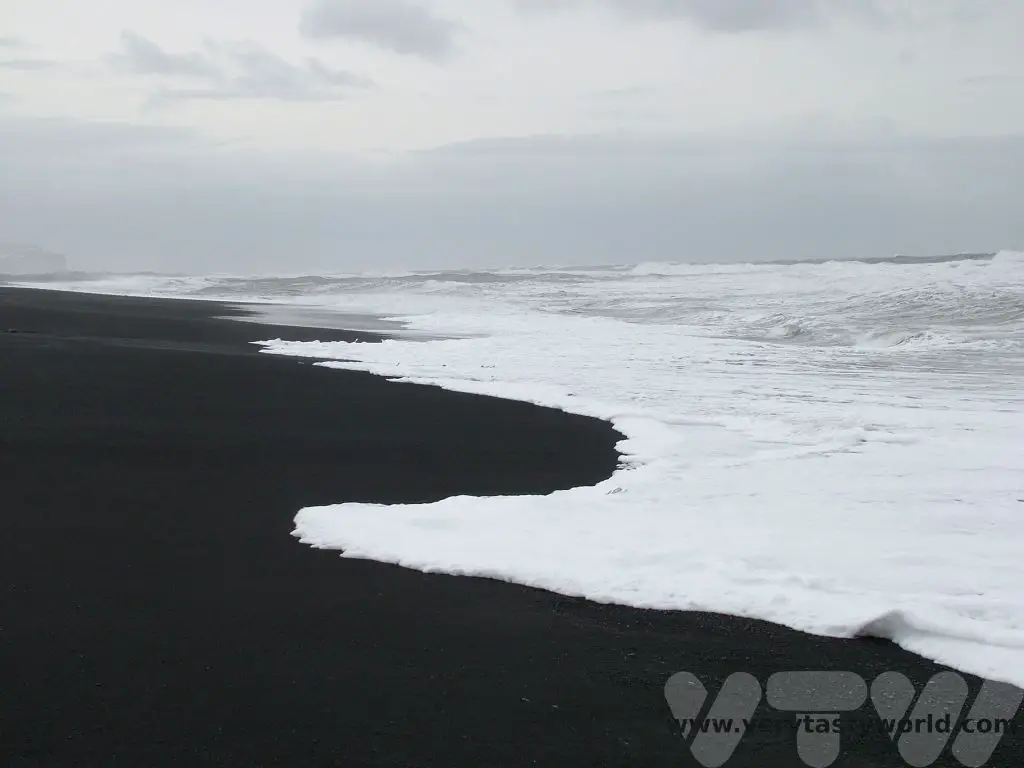
The Myrdalsjokull glacier is located close by and it is possible to go snowmobiling on it. This is highly recommended as it’s great fun. It was another grey day and as soon as we were on the ice, the weather closed in. We were with a reputable company who were navigating via GPS so even though we were snowmobiling in a white-out, we were safe at all times. It was a very strange experience – not being able to see anything in any direction. But we still enjoyed the thrill of speeding across the ice on the snowmobile, following the tail-lights of the vehicle in front.
We spent another night in Hveragerdi.
Day 6 Return to Reykjavik and Thingvellir National Park
On our journey back to Reykjavik we had a day to explore Thingvellir National Park. It is Iceland’s only mainland UNESCO heritage site and is hugely important both geologically and culturally. Unsurprisingly it one of Iceland’s most visited sites. An advantage to travelling in winter is that the area has fewer visitors at this time of year. (N.B. Thingvellir will be signposted ‘Þingvellir’ – the ‘Þ’ is a ‘th’ sound in Icelandic.)
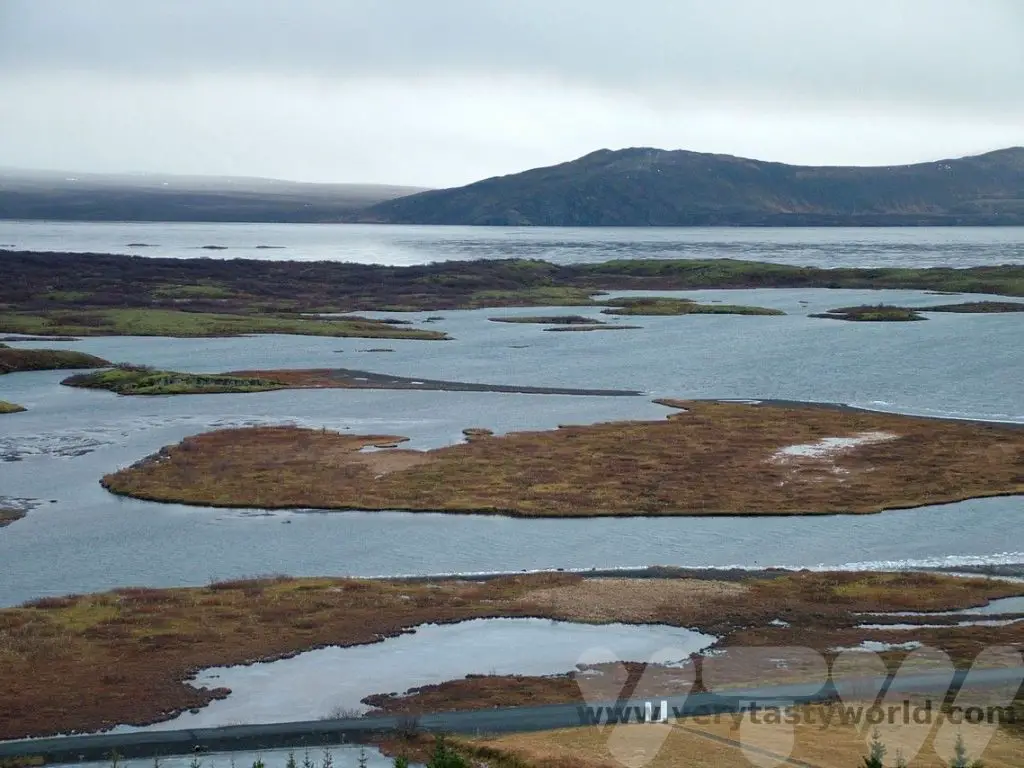
The Mid-Atlantic ridge is a volcanic belt that goes straight through Iceland, running from the Arctic Ocean southwards along the entire Atlantic. Thingvellir lies on the boundary between two tectonic plates – the Eurasion and the North American. This means you can walk between two continents.
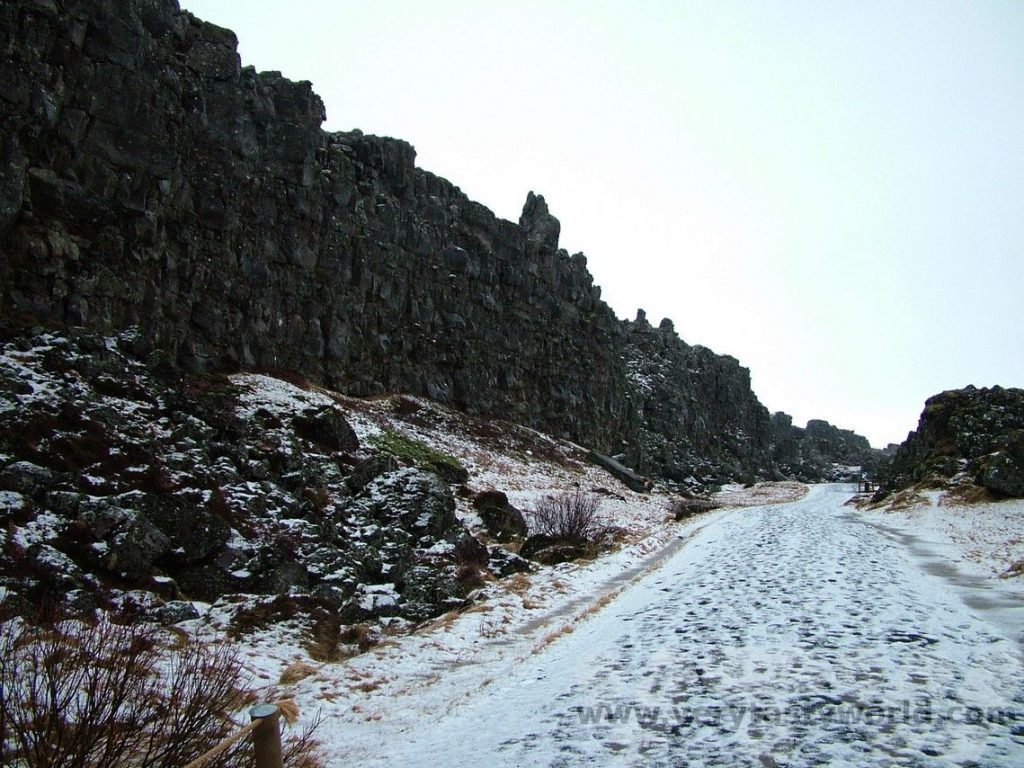
The plates are moving – very slowly – apart. You can see lots of canyons and fissures across the site. Almannagjá is the most notable and quite dramatic.
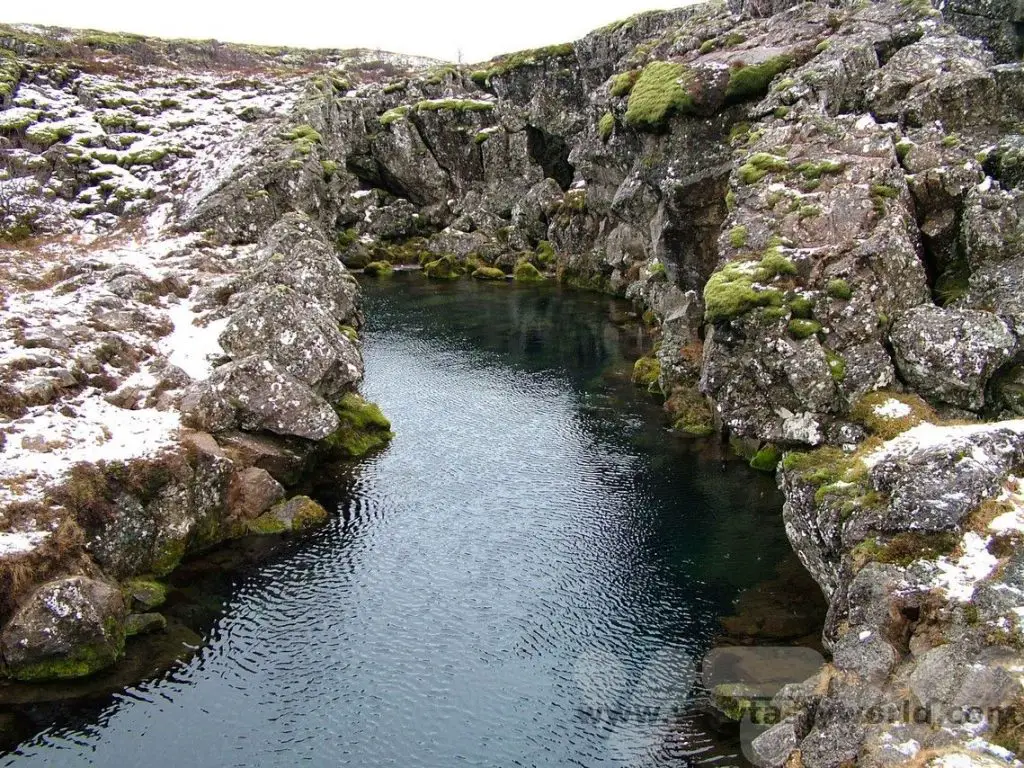
This area is also the place where the Icelandic parliament, Alþingi, was established over 1000 years ago. The name Thingvellir means ‘Assembly Plains’, a fitting title. The Icelandic Commonwealth started in 930CE and ran up until 1262. The Law Speaker, who memorised all aspects of the law, presided over the Lögrétta, the Law Council, meetings. The Lögberg, or Law Rock, was the central point for the legislative assembly, and anyone could speak and discuss issues from this place. The parliament continued to assemble until 1798.
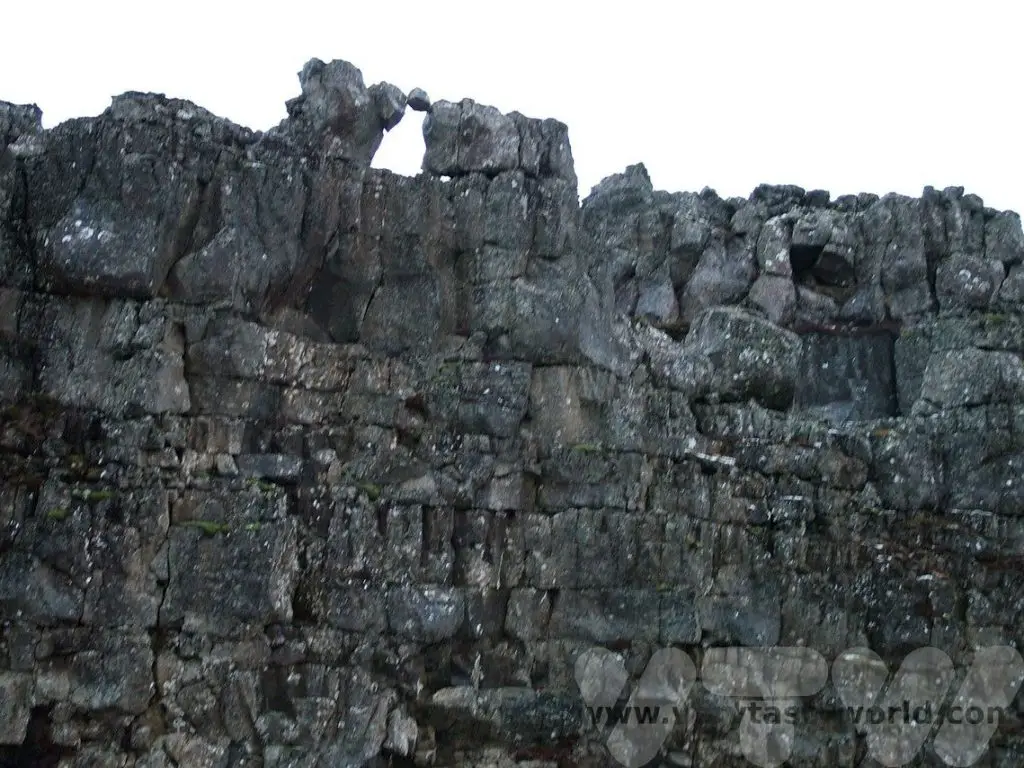
There is a visitor’s centre and plenty of hiking to enjoy. It’s a beautiful area, located on the shore of Iceland’s largest lake Thinvallvatn. The river Oxara runs through the park.
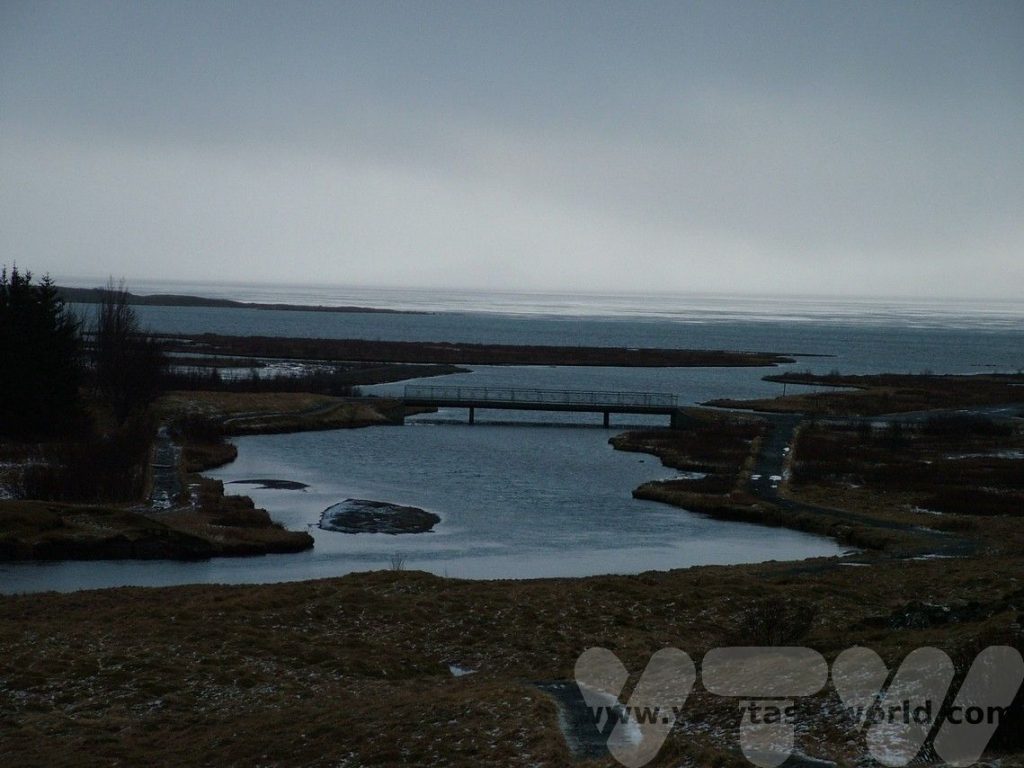
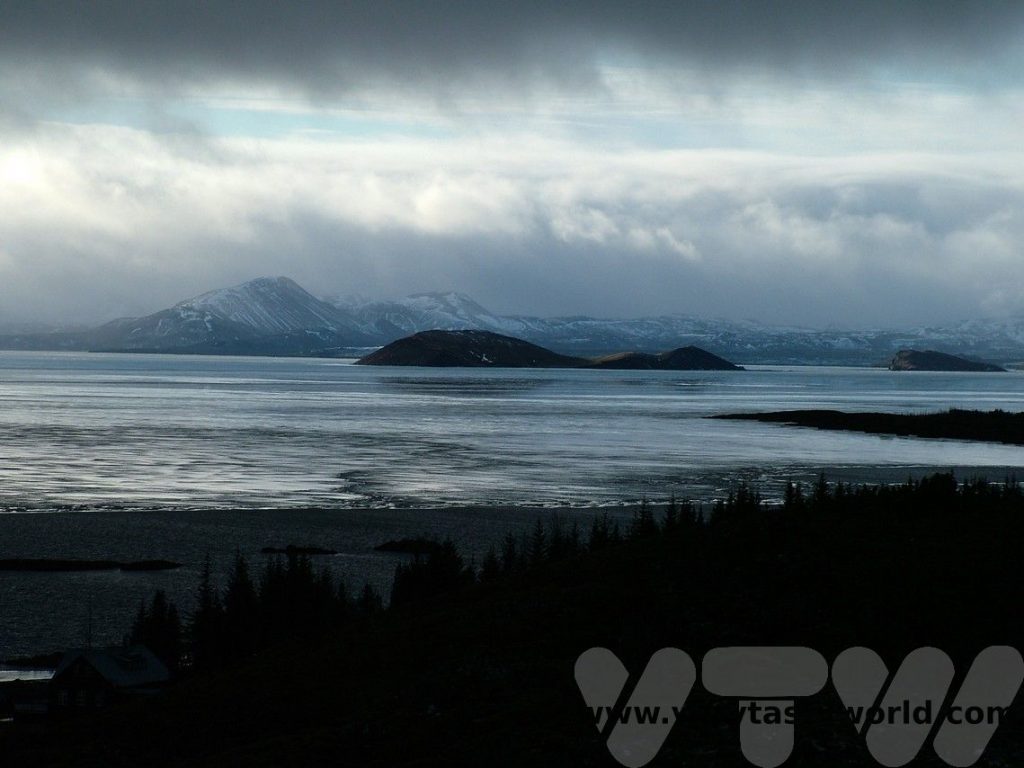
Day 7 Reykjavik and A Quick Bathe Before the Flight Home
We spent the night in Reykjavik and had some time in the morning to walk around.
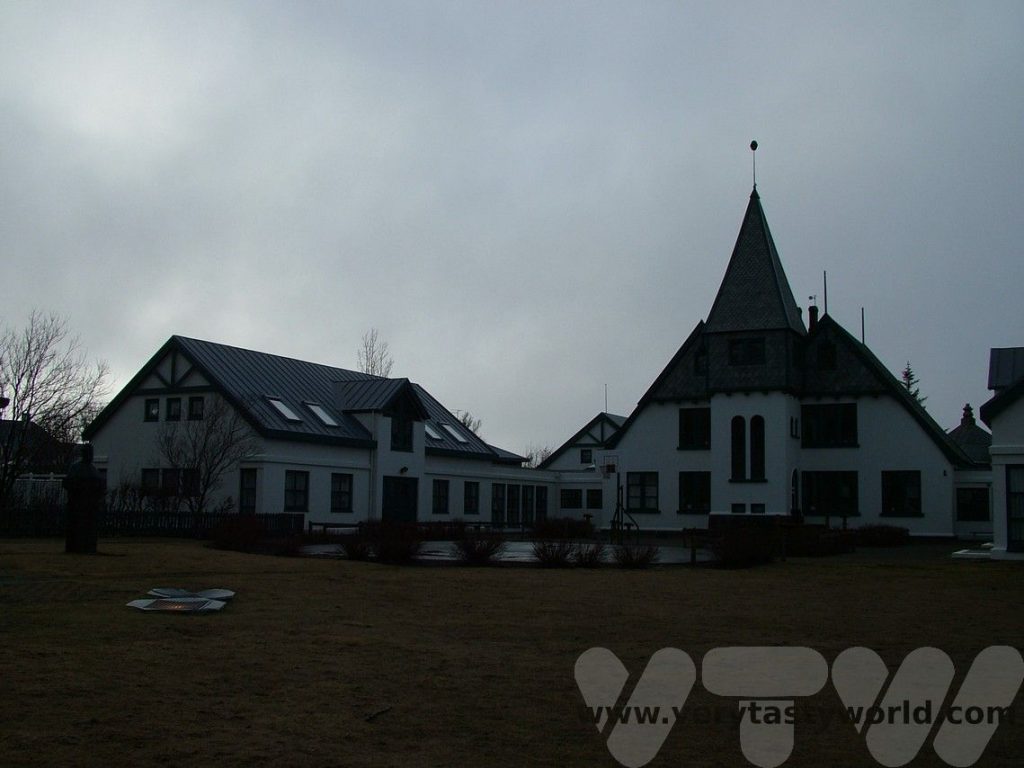
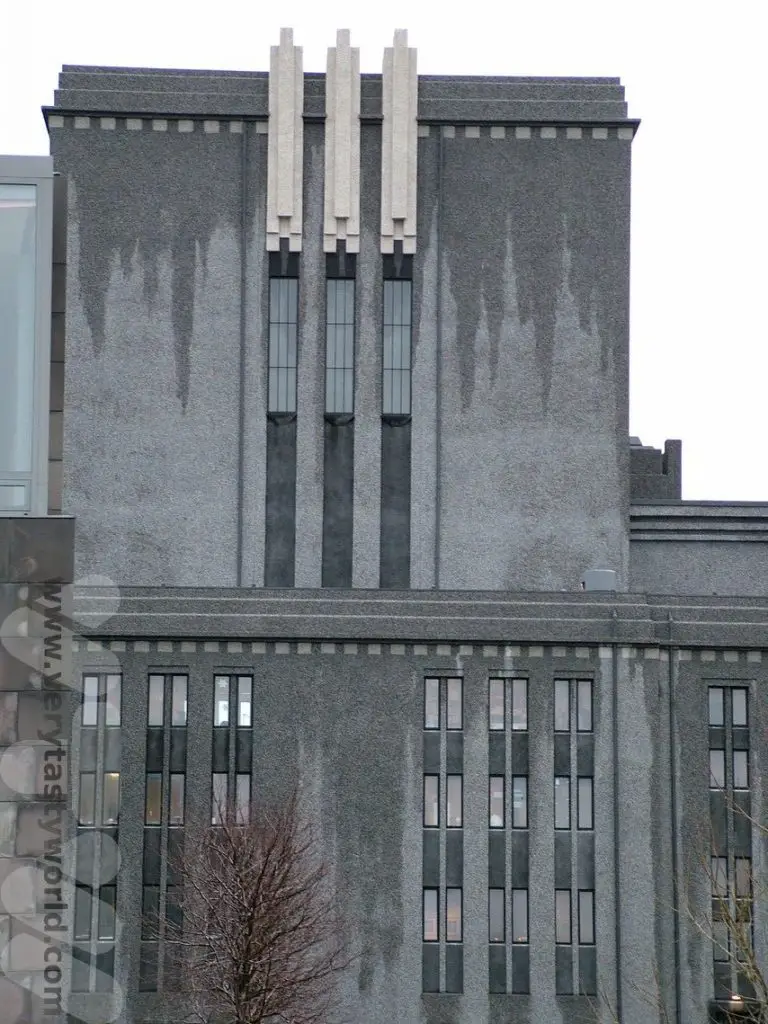
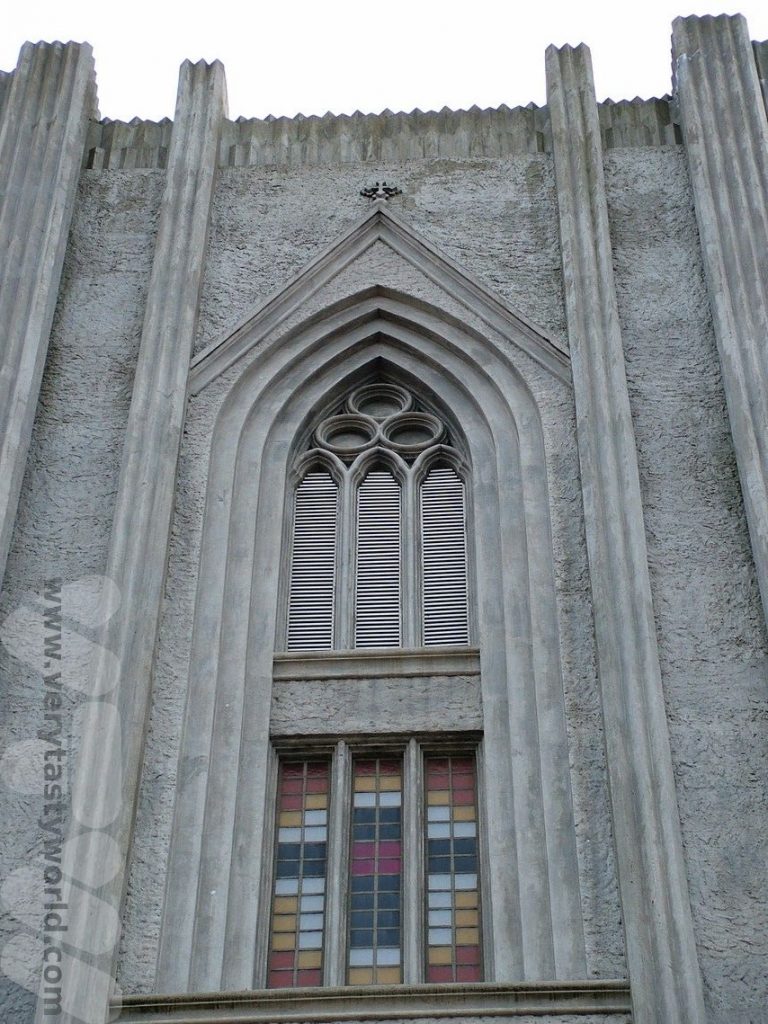
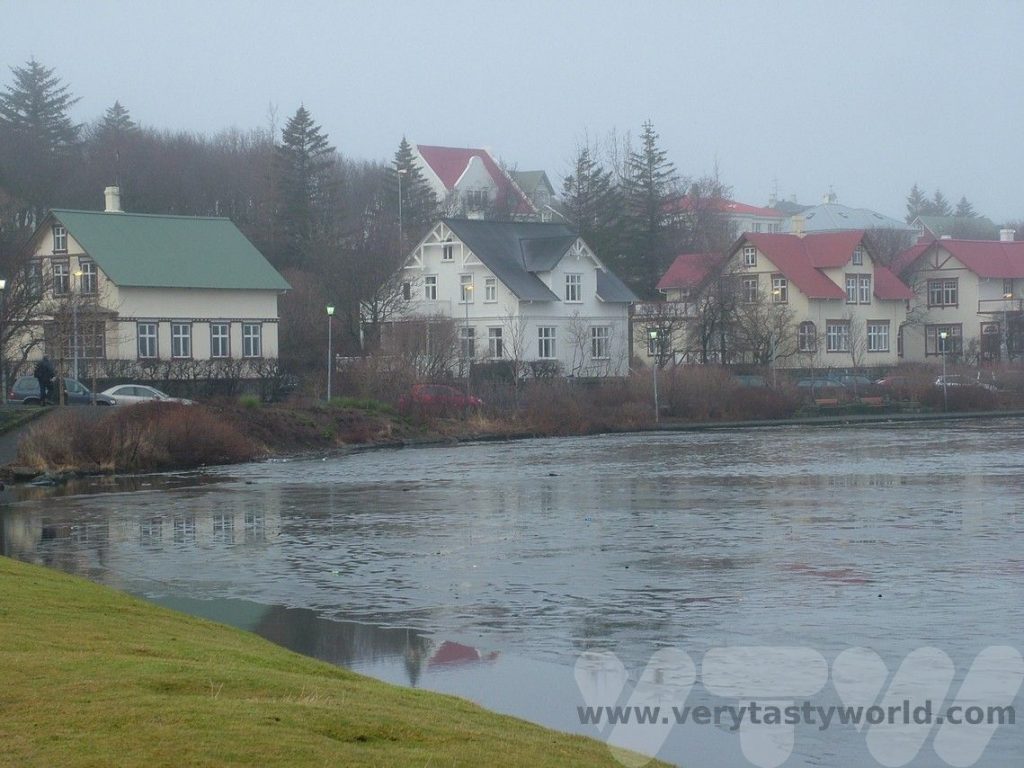
One of the city’s most iconic monuments is Gunnar Arnason’s Sun Voyager. It is often thought to be a viking ship. But its intention was as a dream boat – a voyager to places undiscovered and a tribute to the sun.
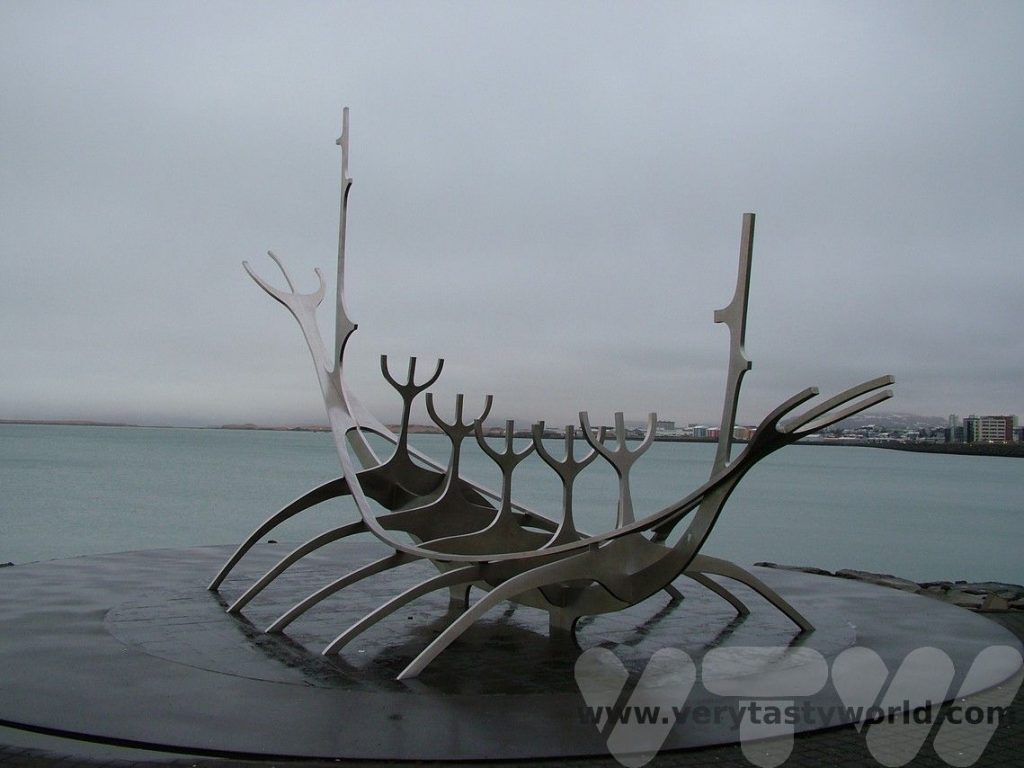
We also visited the Perlan – a fantastic space that features all sorts of exhibitions about natural Iceland. It even has an ice cave!
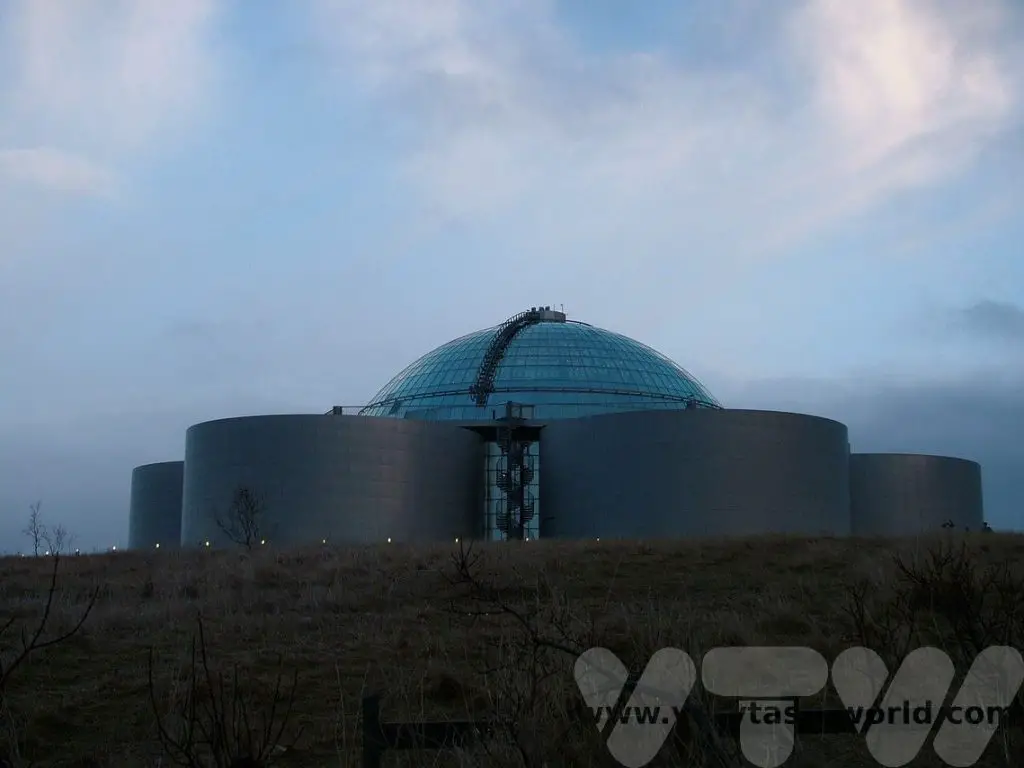
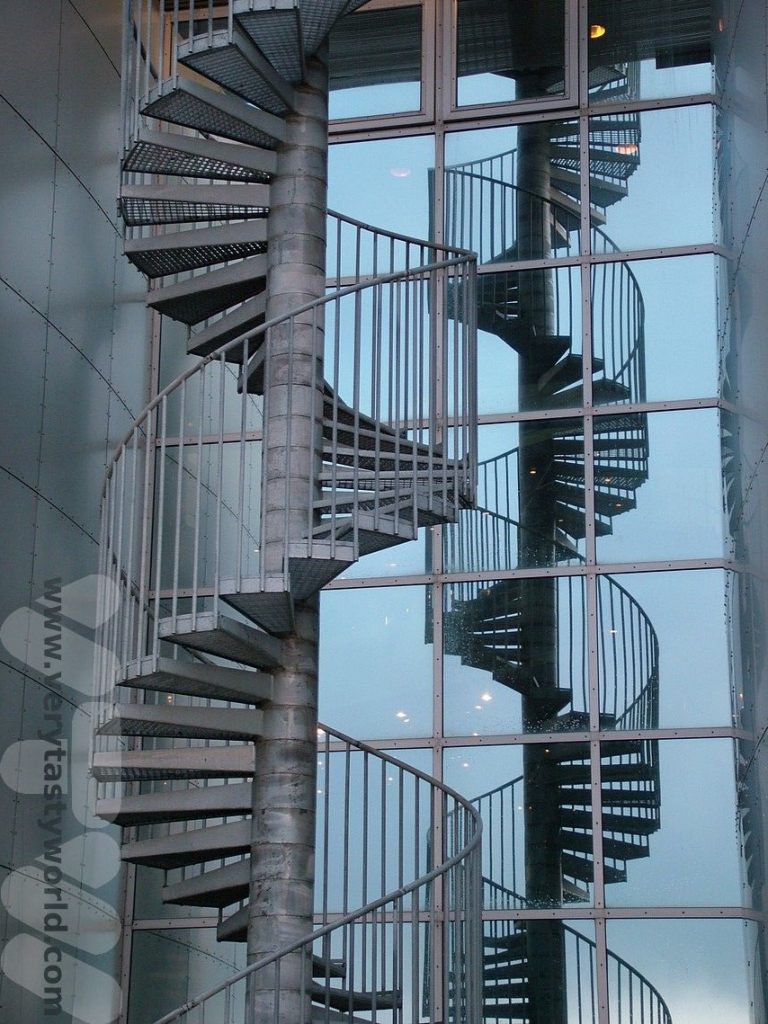
The Obligatory Trip to the Blue Lagoon
The Blue Lagoon is located very close to Keflavik airport and, as we had a flight leaving in the late afternoon, it gave us the perfect opportunity to bathe before heading home. If we’re completely honest, we weren’t that taken with the Blue Lagoon. Sure, it looks stunning and it is nice to bathe in lovely warm water (even in winter) but the prices are really expensive and it was surprisingly crowded when we visited. There are all sorts of packages with spa style treatments available but – again – they will be expensive. Like the Dead Sea in Jordan the mud is supposed to do wonders for your skin.
There are lots geothermal pools in the area so we were able to take photos of these to show the beauty of the blue water which is undeniably gorgeous.
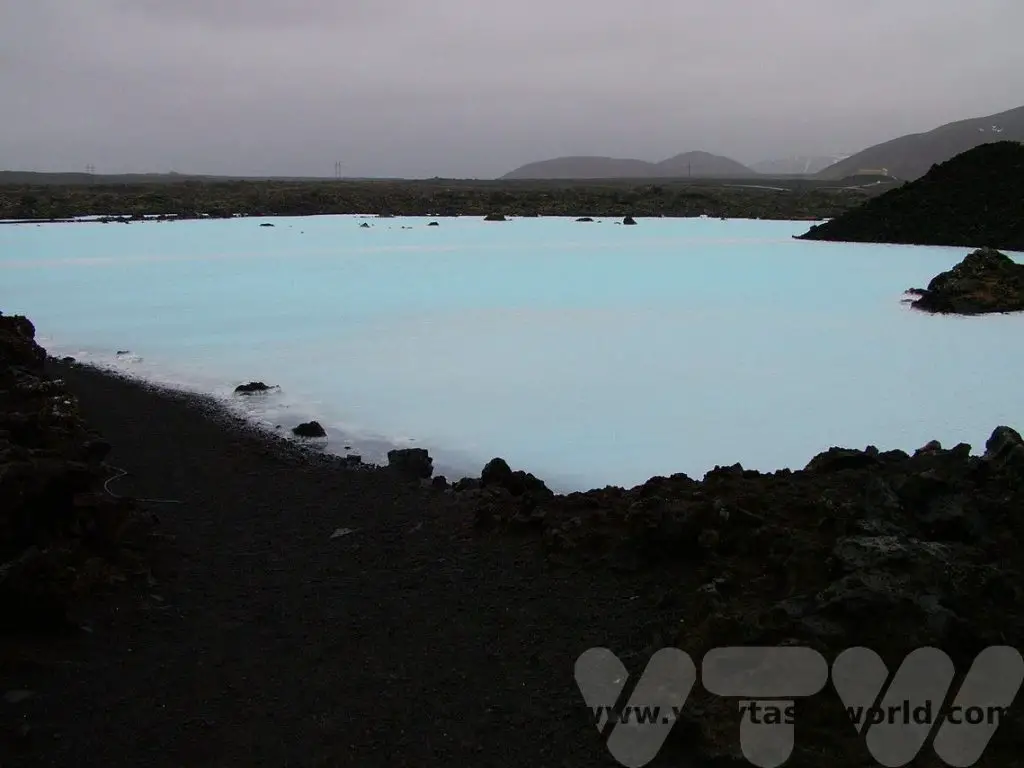
What to Pack for Winter in Iceland
Even though temperatures are milder than you would expect, winter in Iceland can still be fairly cold. We recommend packing layers so that you can add or discard depending on how warm it is.
Waterproofs are essential. We took waterproof thermal jackets which provided warmth as well. (Although we were often wrapping them around our waists on a long hike as we warmed up.)
Sturdy shoes/Walking boots. We did a lot of hiking along paths that were icy or muddy, so needed waterproof shoes. We recommend wearing your walking shoes on the plane and packing any other shoes – it keeps the weight of your luggage down and means you won’t lose the important shoes if your luggage gets lost.
Don’t forget your swimsuit gear and towel, especially if you plan to visit the Blue Lagoon. A number of our hotels also had thermal swimming pools which, while not as pretty as the Blue Lagoon, offered lovely bathing. It was particularly nice to swim in a warm pool in the cold night air.
Did We See the Northern Lights?
Another reason to travel to Iceland in winter is for the possibility of seeing the Northern Lights. It has long been an ambition of ours to see the Aurora Borealis but, as you can surmise from our photos, the weather was pretty cloudy during our visit. We didn’t see the lights, which was a shame, although it didn’t stop us from having amazing time.
One tip that might be of use: If you are flying to Iceland at night (and it gets dark early at this time of year), get a seat on the side of the plane that faces north. (If you are travelling from the UK/Europe it would be on the right side, if travelling from the US, it would be on the left). On our outward trip the pilot announced that the northern lights could be seen and loads of people rushed to have a look but, well, you can guess which side of the plane we were seated. Hey ho. Can’t win ’em all..
Related Posts You May Enjoy

Icelandic Lobster in Hofn
Iceland is a wonderful destination to visit and, while many visitors fly into Reykjavik to tour the Golden Circle and bathe in the Blue Lagoon, the country has many other beautiful places to see further afield. We toured southern Iceland for a week in winter, after picking up a hire car at Keflavik airport. It meant we could travel at our own pace, so that we could enjoy the spectacular sights that the country had to offer. Being an island, the local cuisine has a lot of seafood to offer and Icelandic lobster was definitely something we wanted to try.
Having driven in a ‘smile’ along the south coast of the island we arrived at Skaftafell and enjoyed some walking in the area. We were blown away by the magnificent and beautiful Jokulsarlon glacier lake.
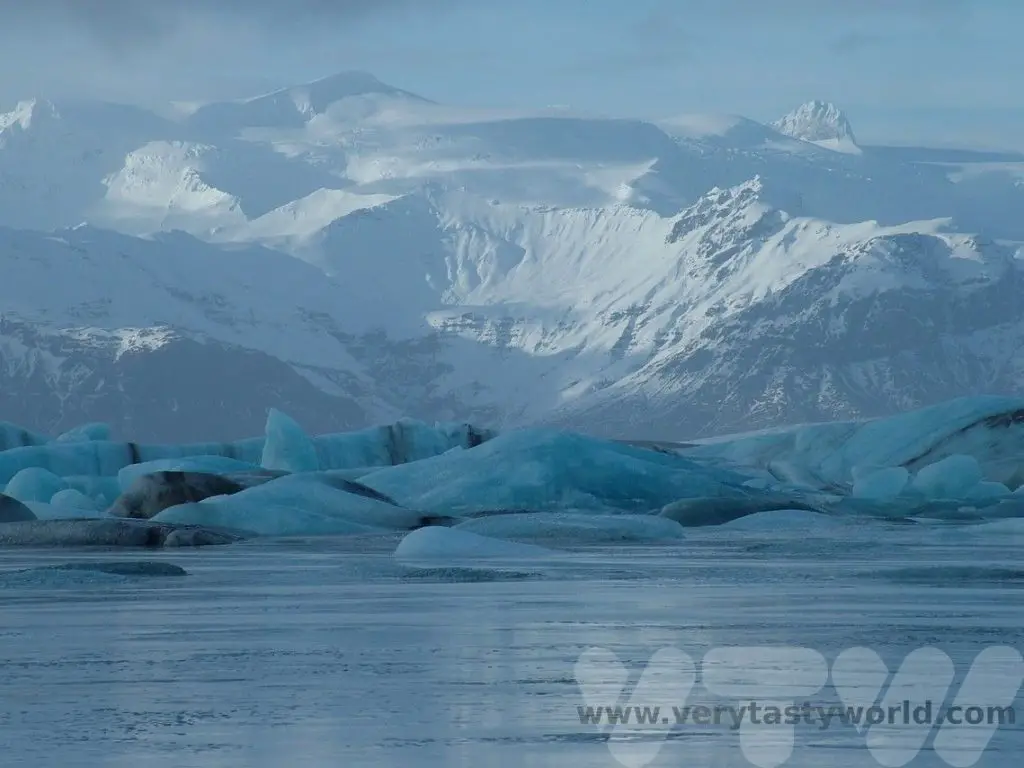
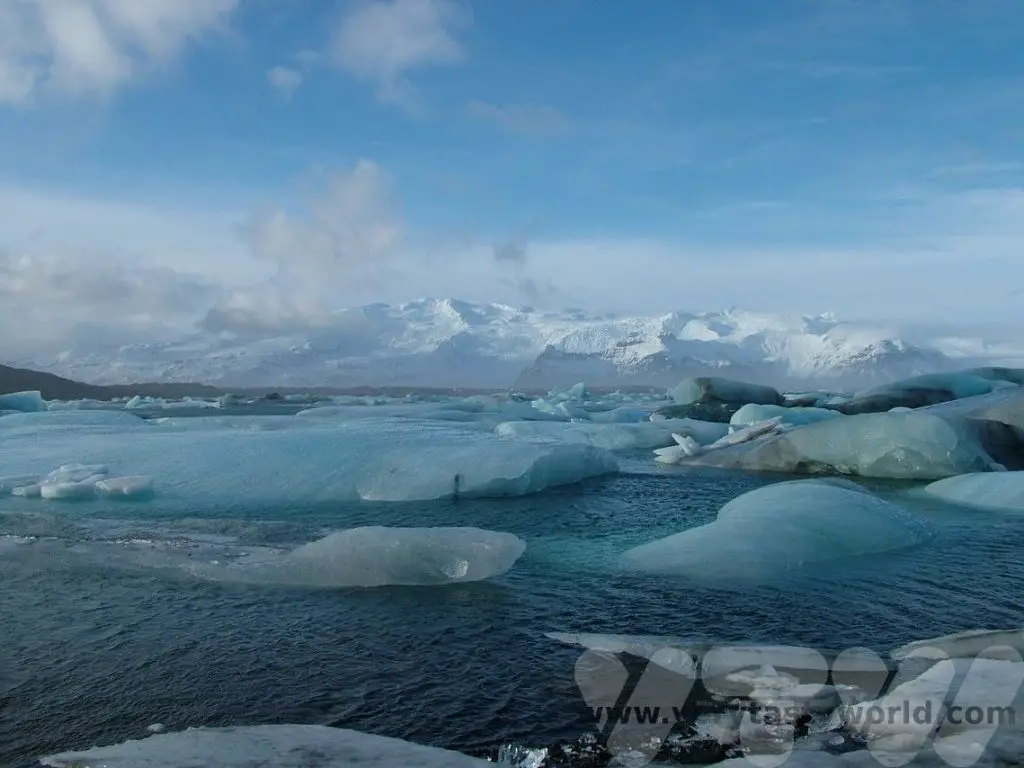
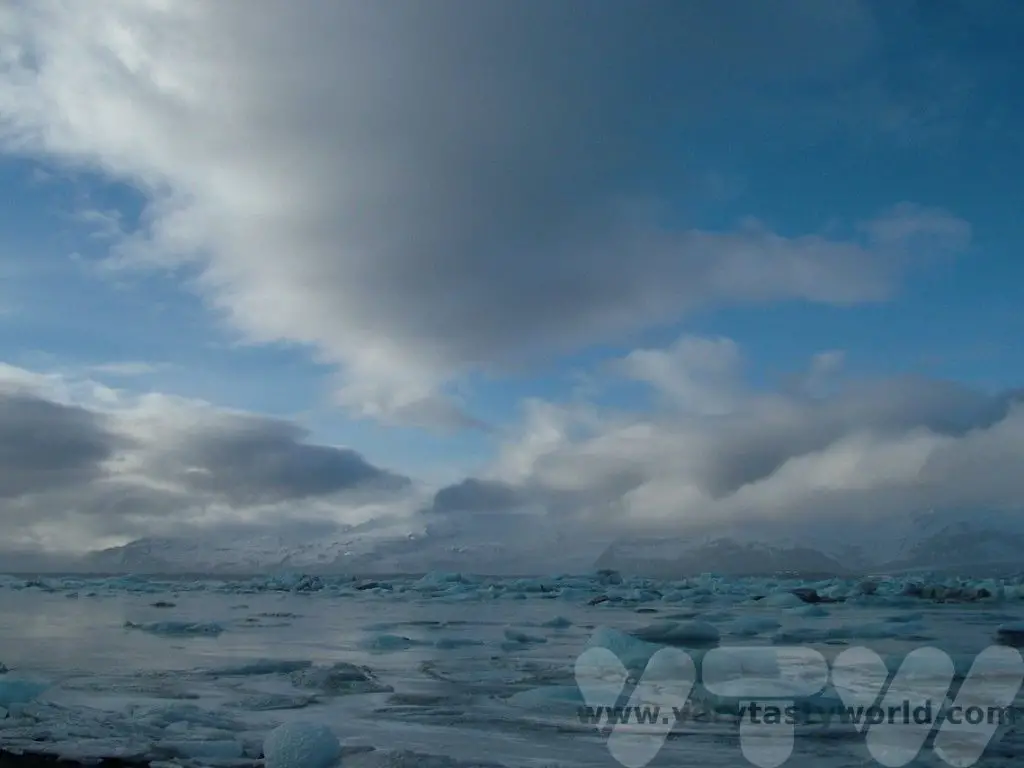
The Harbour of Hofn
In the south-eastern corner of Iceland lies the fishing town of Hofn, located around 450km from Reykjavik. The name means ‘harbour’ in Icelandic and it lies on a peninsular inside one of the country’s natural harbours.
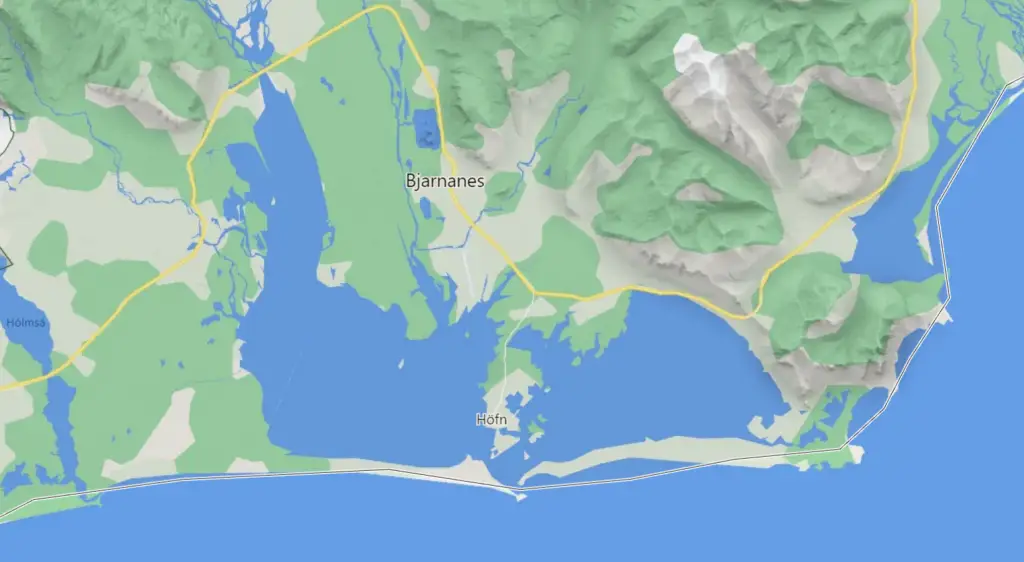
It’s a small, town, at the end of Route 99, which is just off Iceland’s main ring road, Route 1.
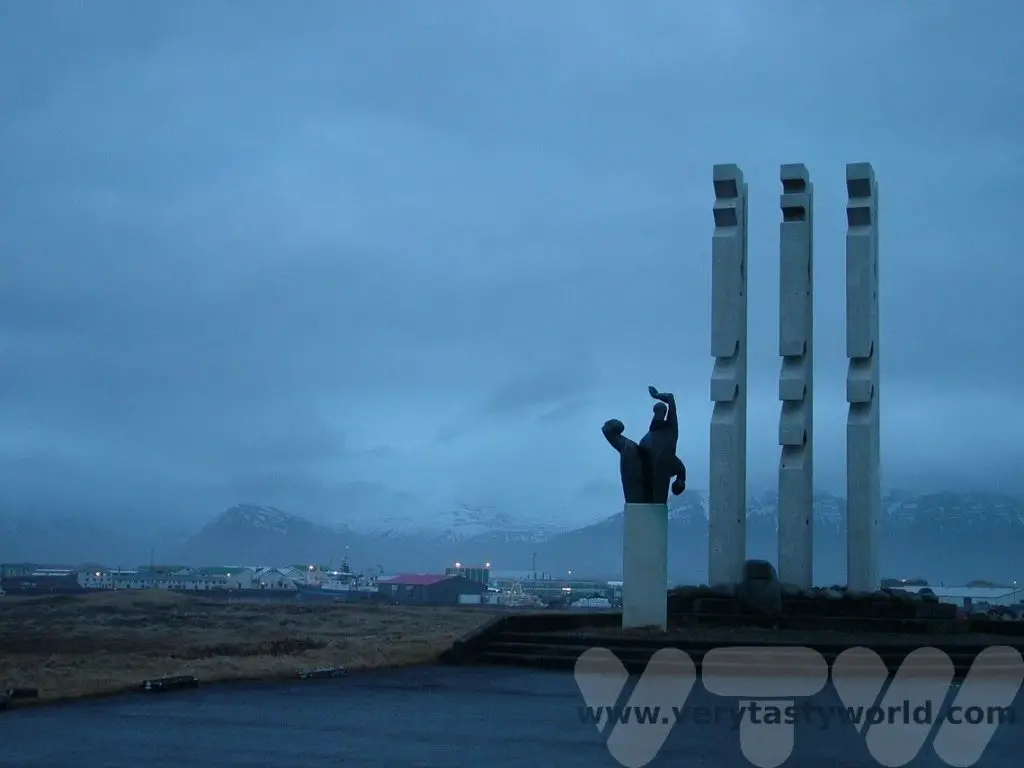
Because we had spent the day exploring the glaciers in the area, it was approaching dusk when we arrived.
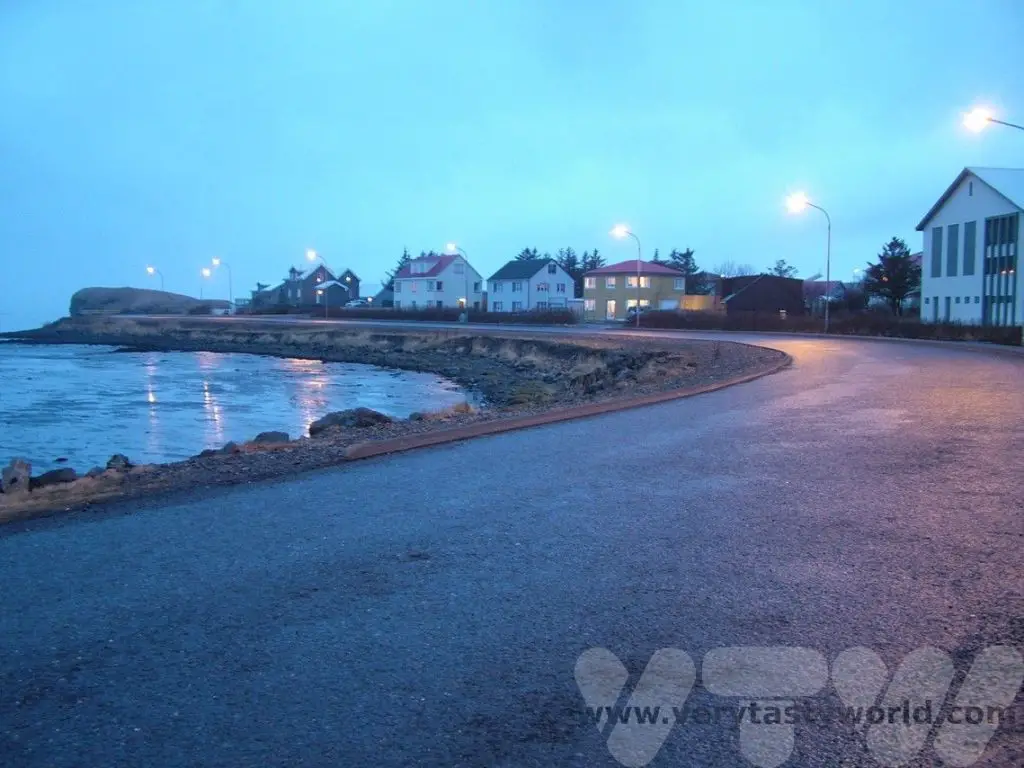
It’s very much a working town and had a great view of the harbour where we could see the boats coming in.
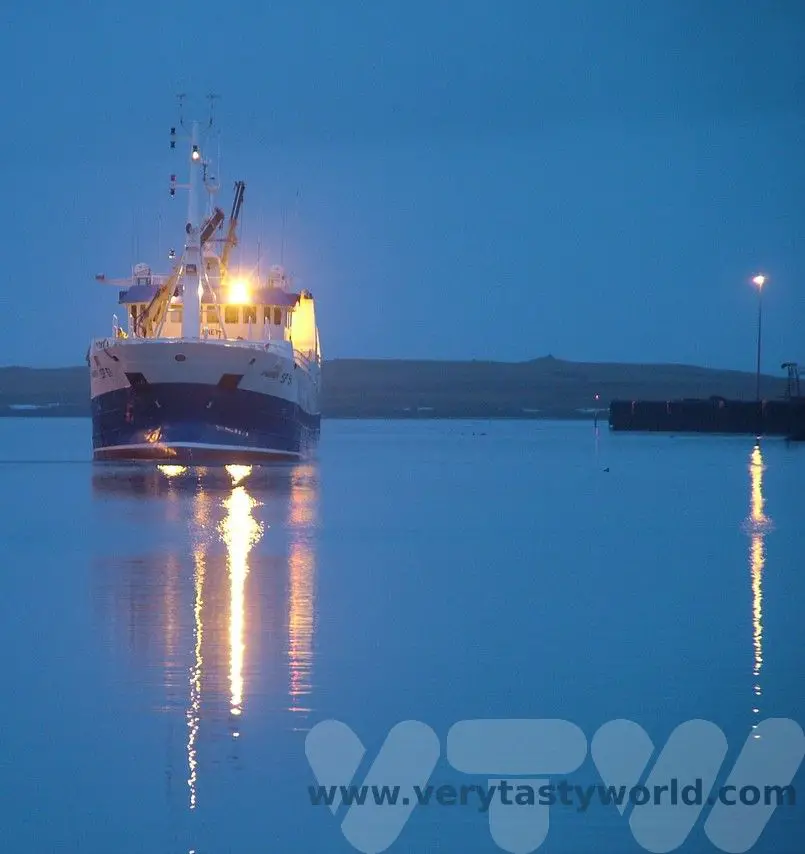
Icelandic Lobster in Hofn
Hofn is the lobster capital of Iceland and has a number of restaurants where you can eat leturhumarinn or Icelandic lobster. In fact, Hofn is so famous for its seafood that the town holds a lobster festival every July.
We hadn’t chosen to stay in Hofn but were keen to visit in order to try the Icelandic lobster as they are considered to be a delicacy. There are no actual lobsters to be caught around Iceland’s waters, so the term lobster has been applied in Iceland to describe langoustines, also known as Dublin Bay Prawns, or Norweigan Prawns. They are related to the lobster but are smaller and have a narrower body.
Iceland is an expensive country to visit and prices for food are no exception. But good value Icelandic lobsters can be found in Hofn. We discovered a local restaurant that offered a simple dish – grilled leturhumarinn in a cream sauce served with chunky slices of bread. Because of the size of the Icelandic lobsters you only eat the flesh from the tail – the claws are too small to extract any decent quantity of meat.
We were offered a plate piled high with lobster tails. They taste delicious – succulent and sweet – it was a real treat.
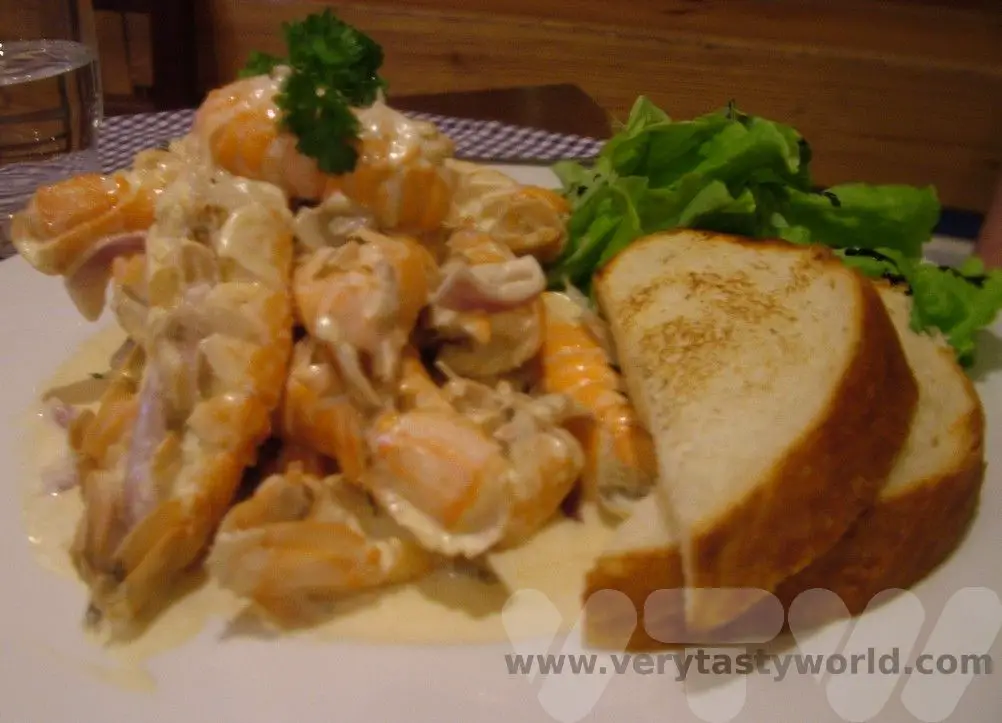
Related Posts You May Enjoy

